RIO DE JANEIRO: TOP 8
THINGS TO DO
Rio de Janeiro is 1,200 km2 in size, with more than 6 million inhabitants, numerous beaches, a culturally rich city and, above all, it is the first time in my life that I have fallen in love with a city. It is a city that vibrates, a dynamic and an energy that is unique to it.
What to do in Rio de Janeiro?
Discover my TOP 8 of the city of the Cariocas!
Interests
- History
- Cultural
- Landscape
- Chill
- Hiking
- Sportive
- Gourmet
1. Copacabana
Time: 3h
Copacabana is both a neighbourhood and a beach of the same name. The latter is surely one of the most famous beaches in the world! It is a huge beach (4.5km long) at the foot of Rio de Janeiro. Restaurants, beach bars, football, volleyball and surfing enthusiasts come to spend their time there. Big concerts and festivals also take place here. From the beach and while walking, it is possible to see the Corcovado or the Pão de Açúcar.
My opinion: It’s a must to do, at least for the view from the beach, to immerse yourself in a bit of this Brazilian culture. But I found the beach polluted and dirty, in short, far from being a favorite, I nevertheless enjoyed the walk.
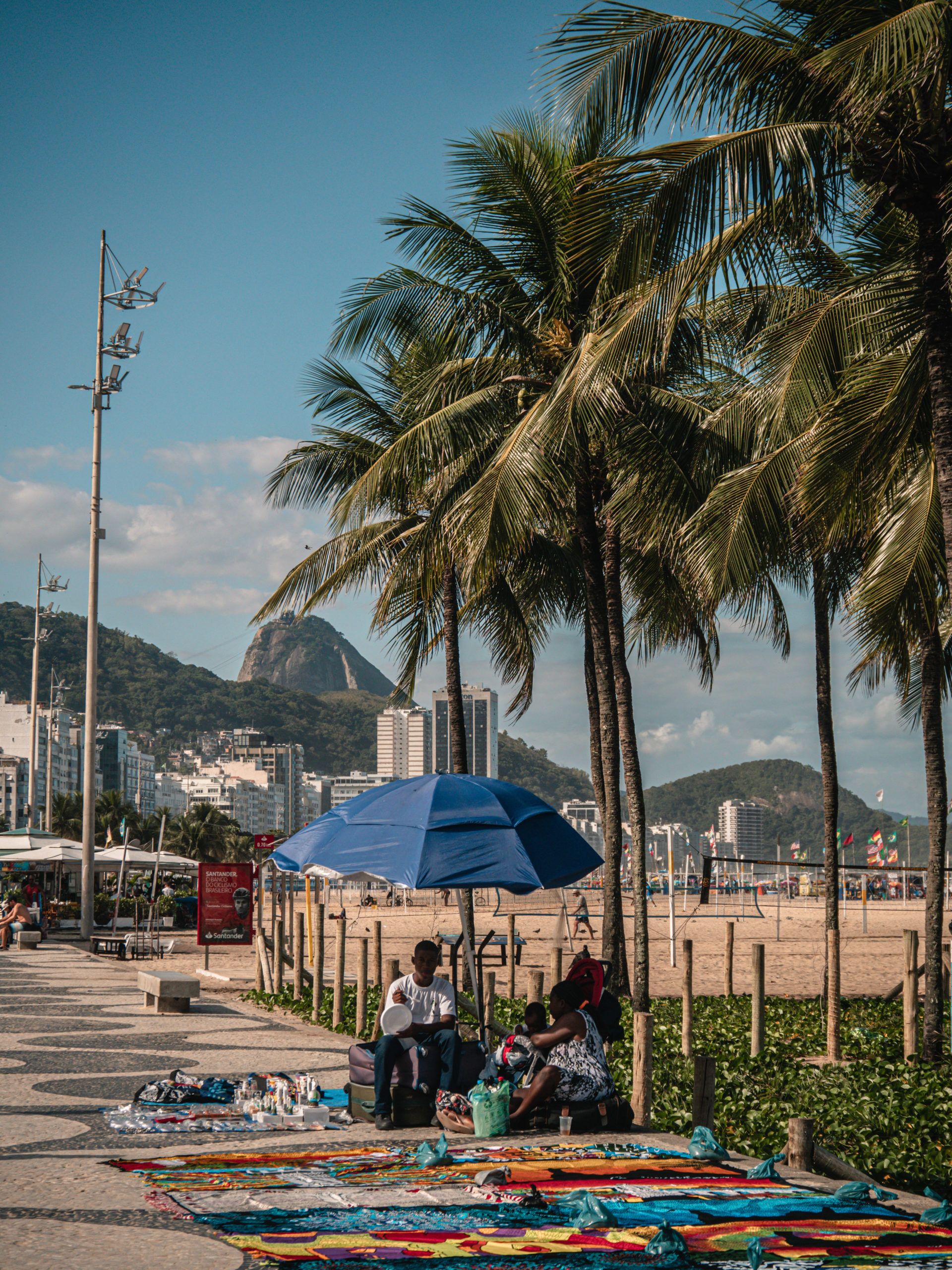
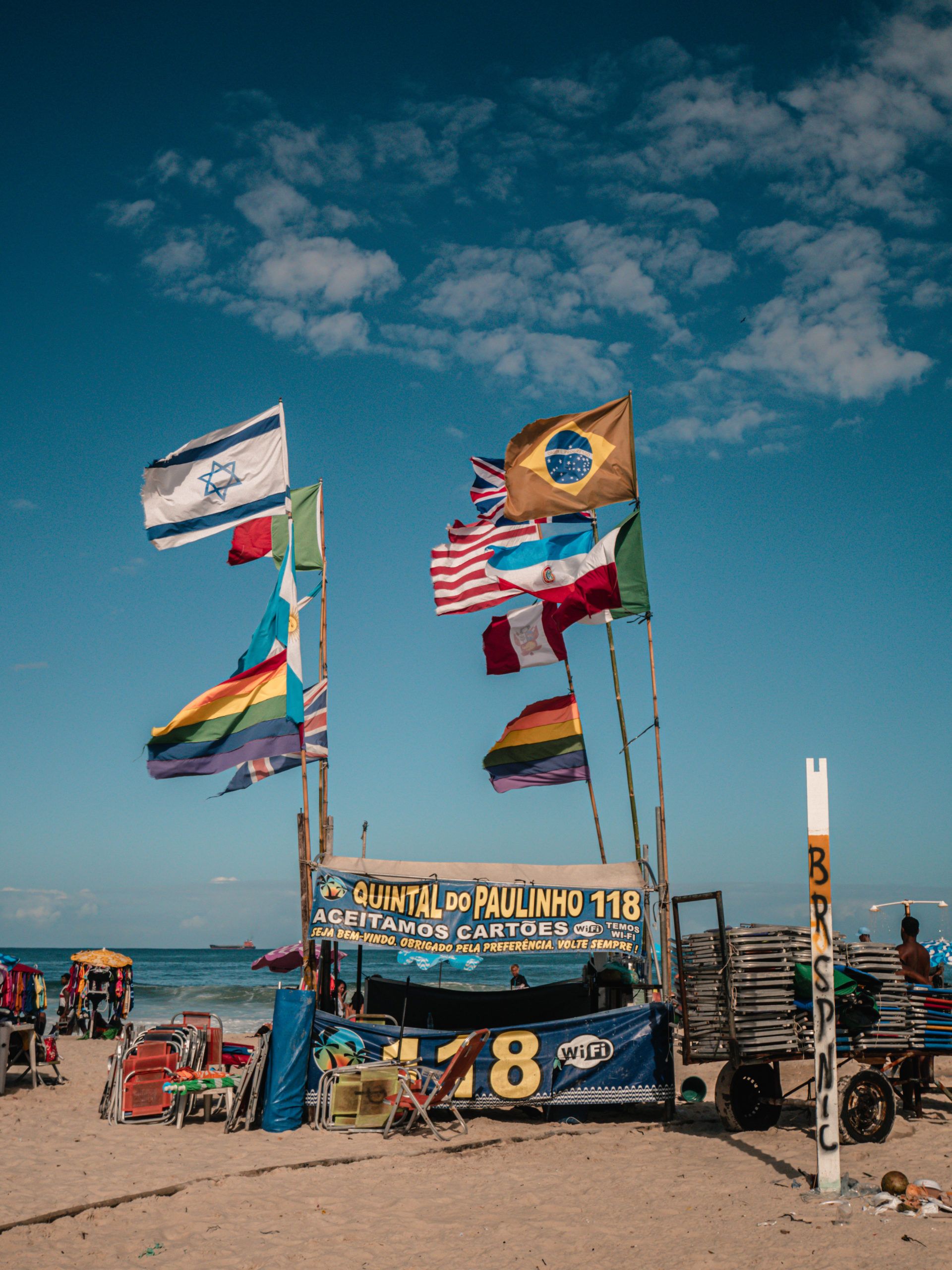
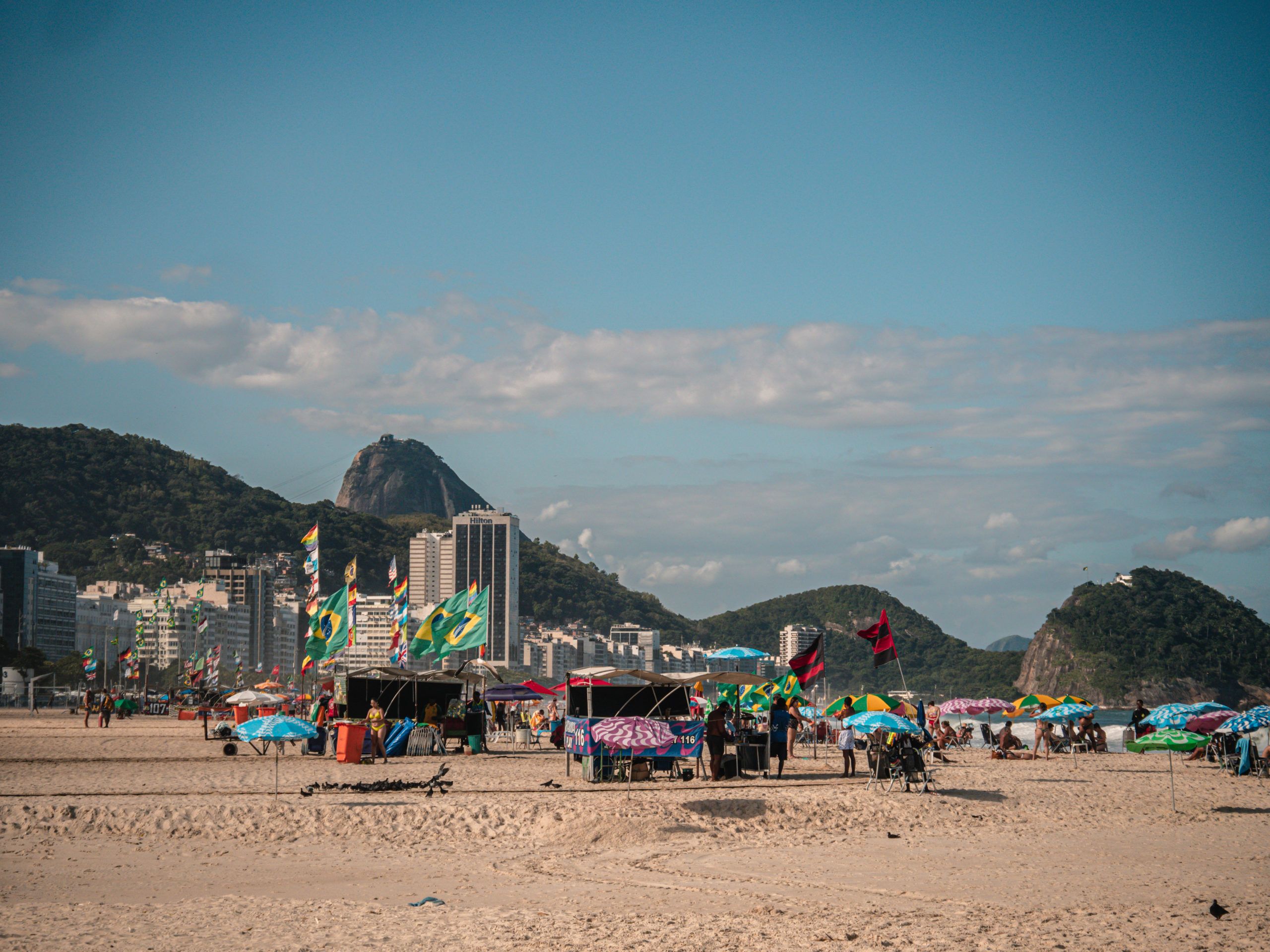
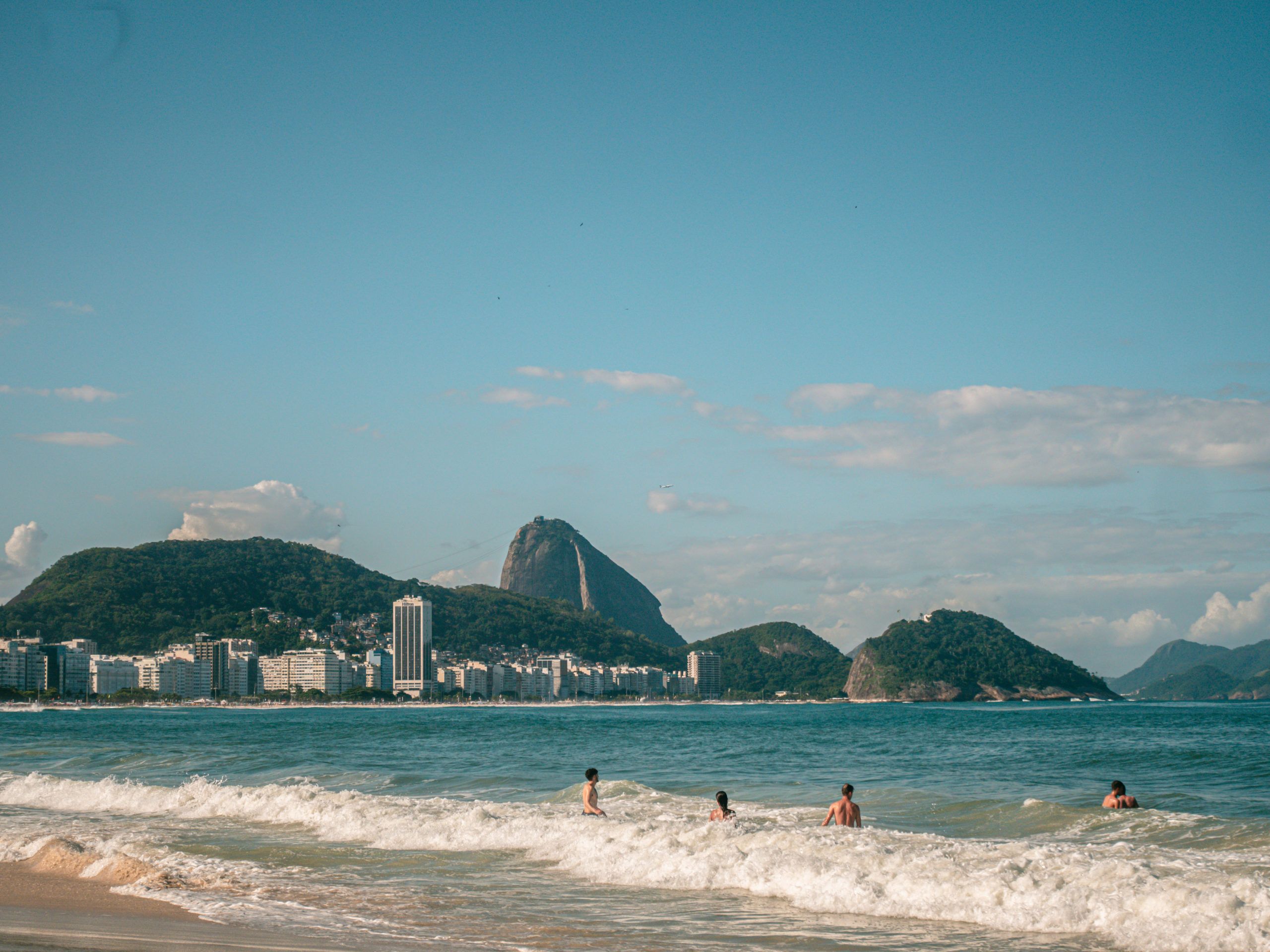
2. Ipanema
Time: 3h
It’s a bit like Copacabana’s little sister, it’s still big (3km) and very lively. Here also people come to play football or volleyball. There is a nice view of Pedra da Gávea (a mountain) and there are also restaurants around.
My opinion: One of my favourite beaches! The beach is cleaner than Copacabana and I also found the beach a bit safer.
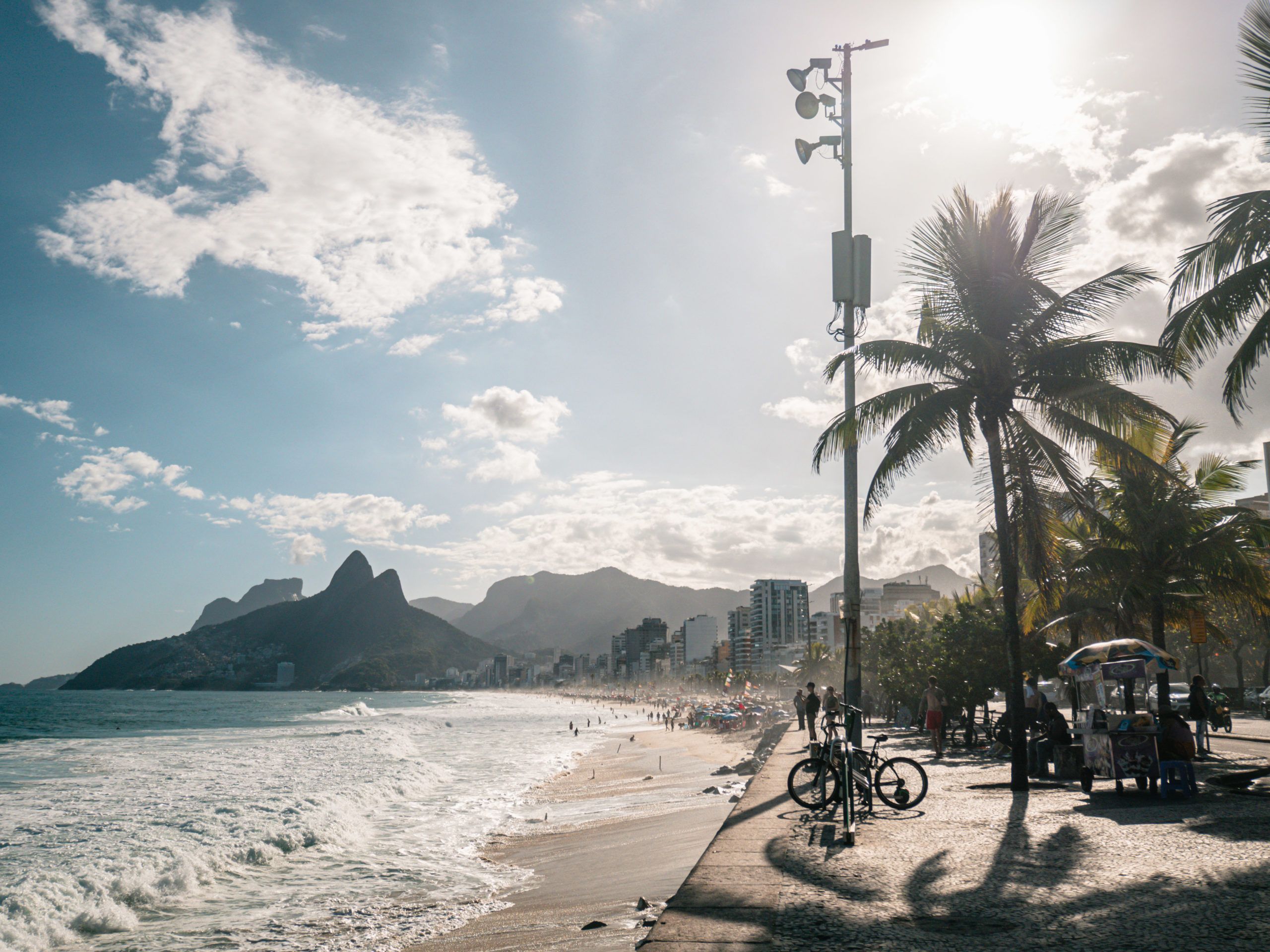
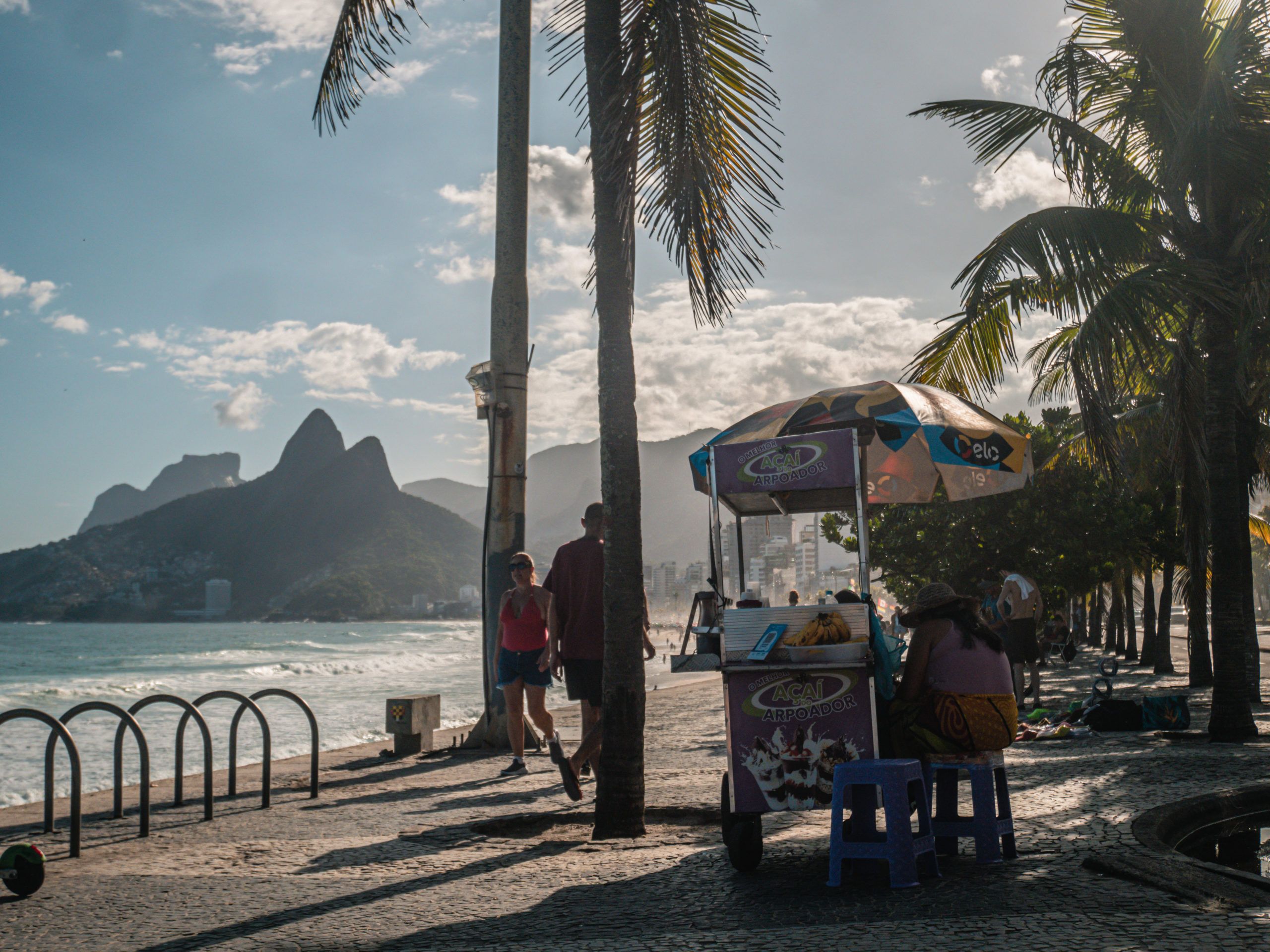
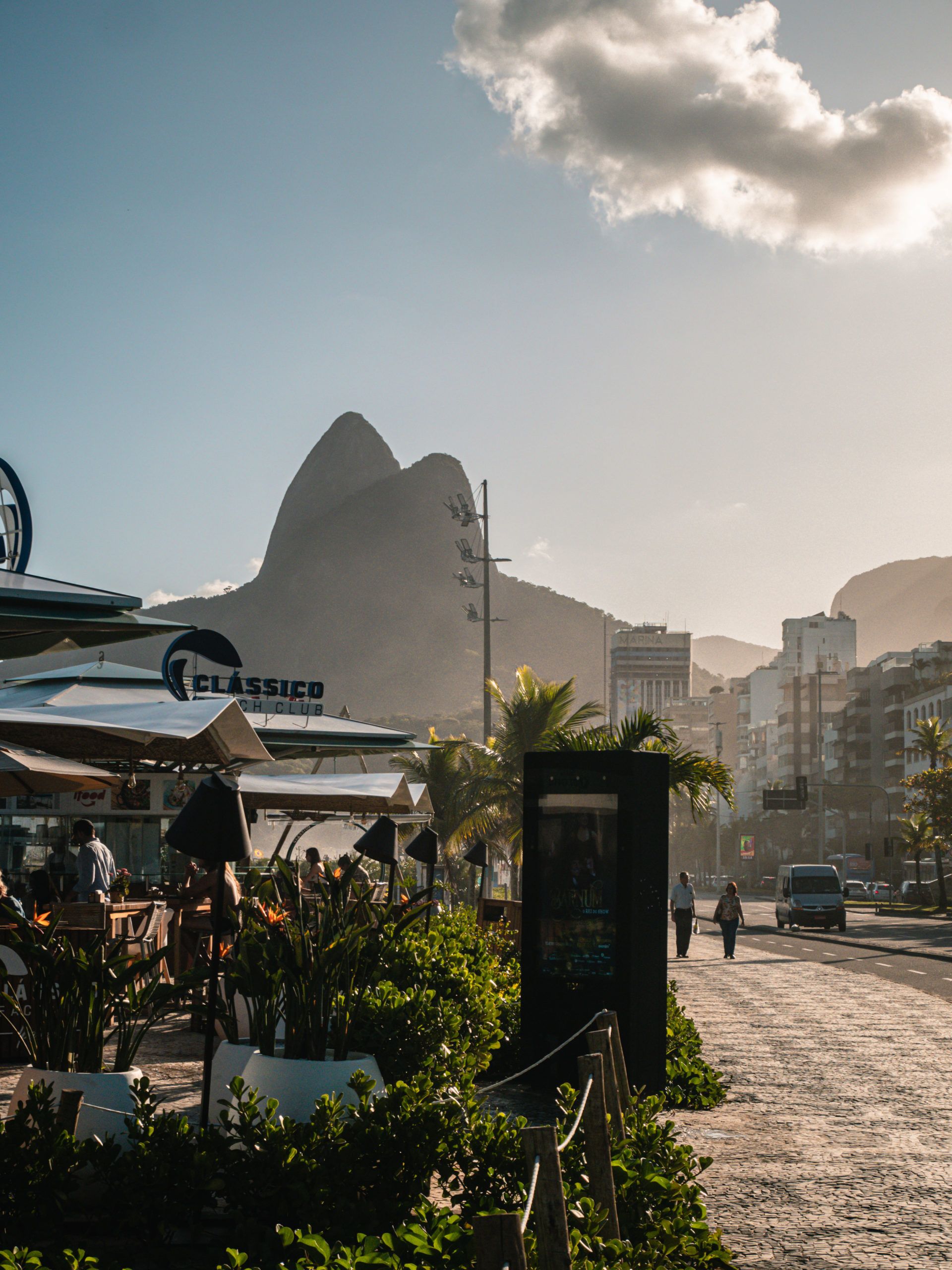
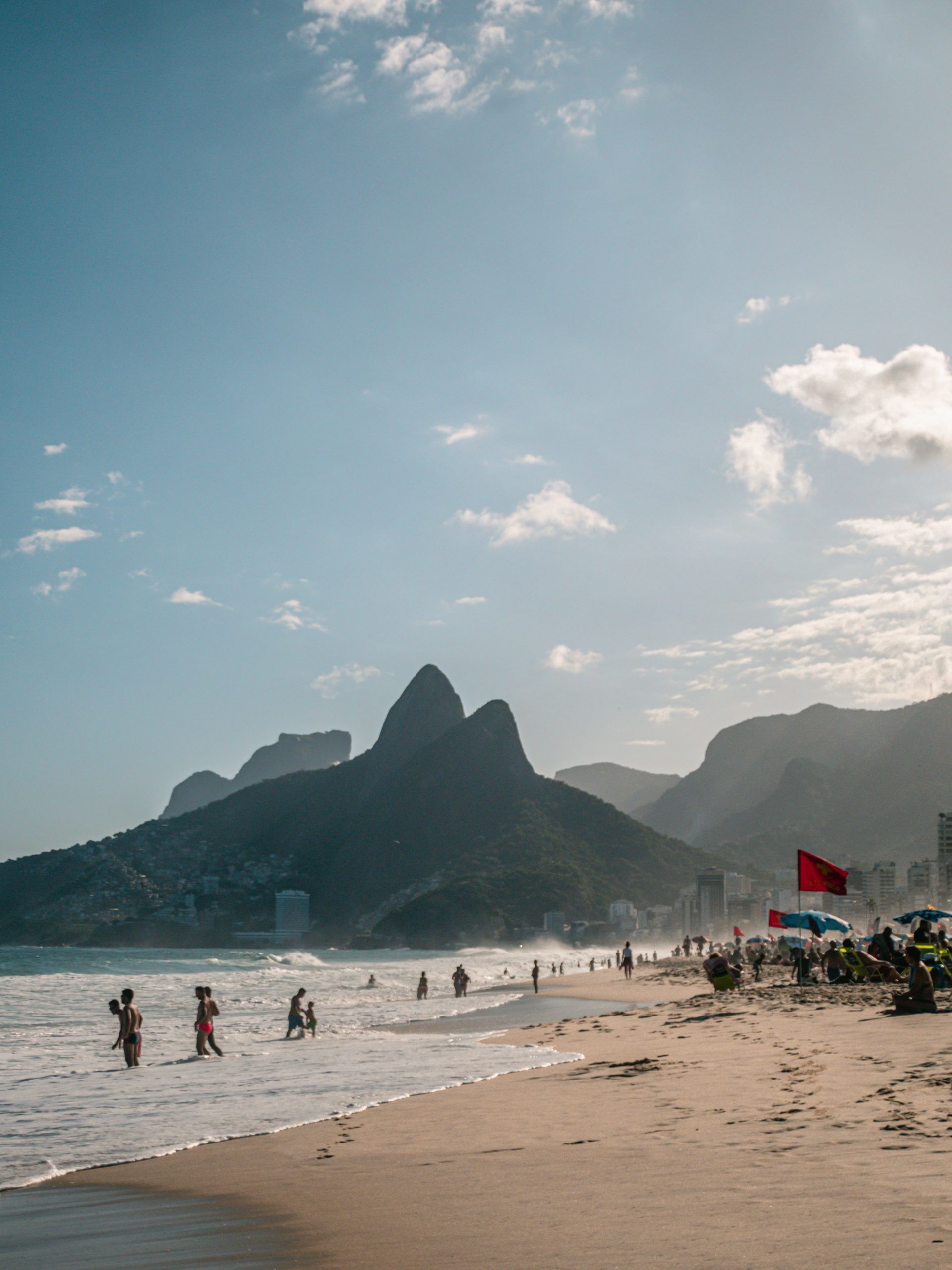
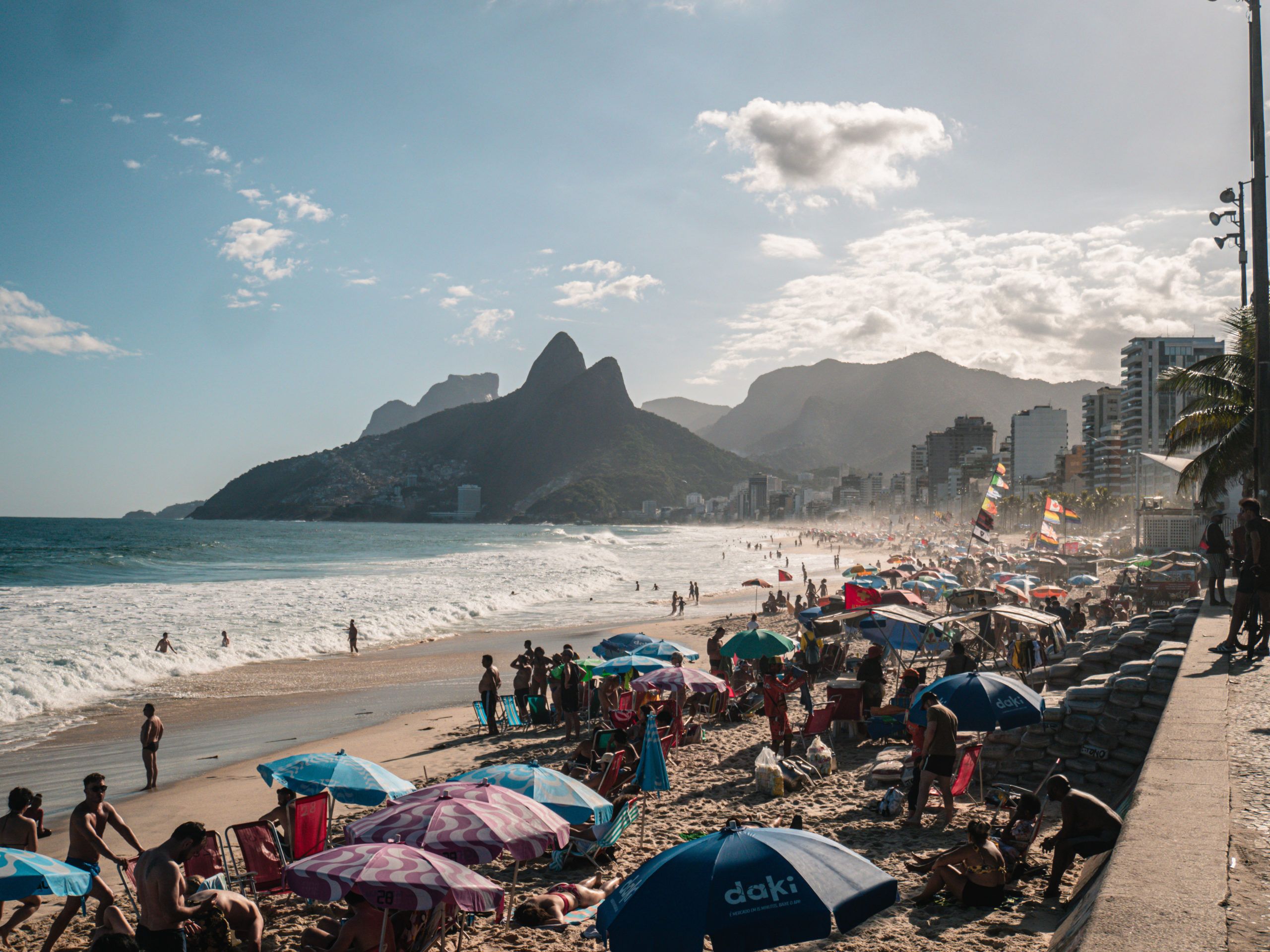
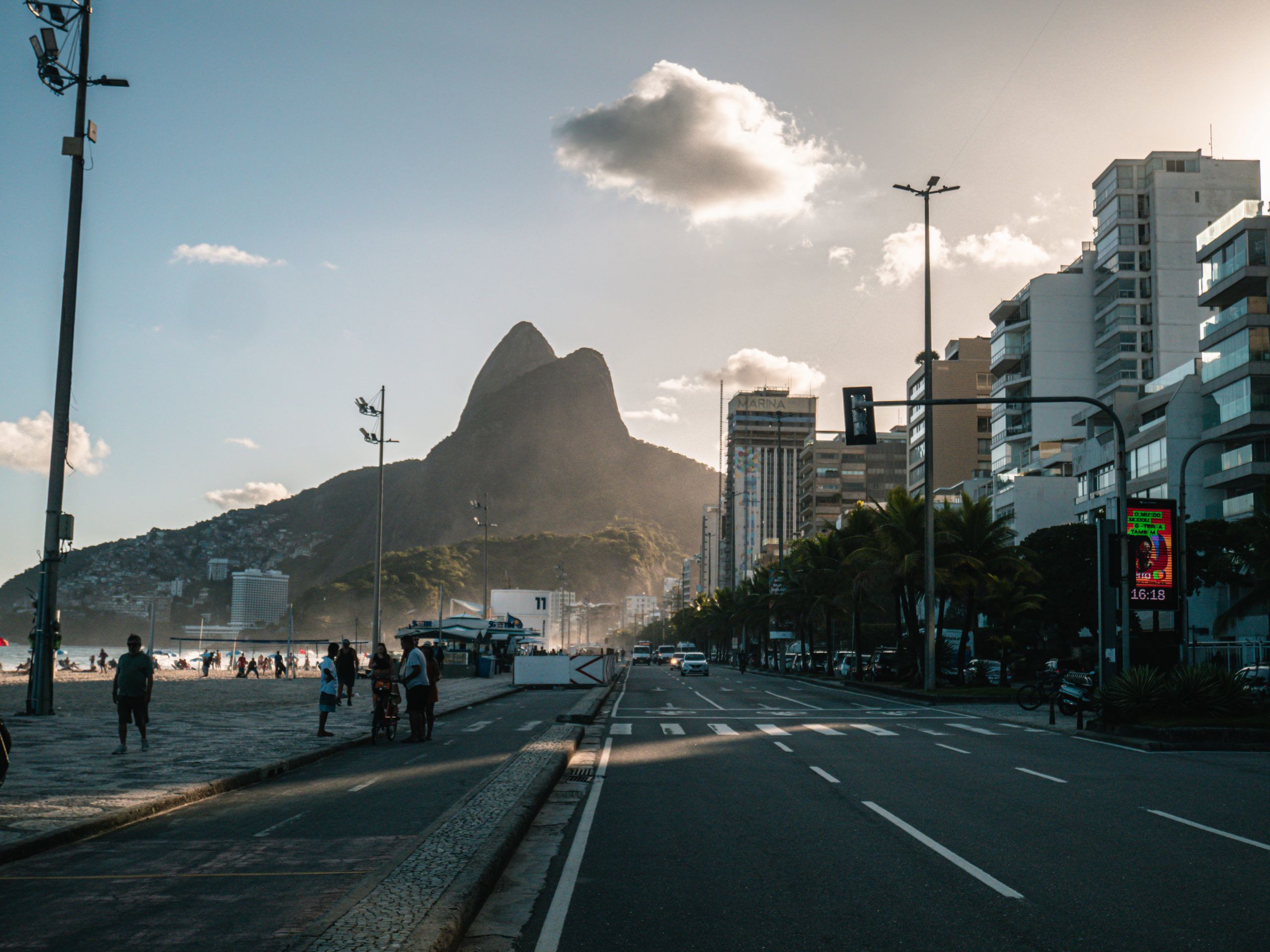
3. Corcovado
Time: 1h
This statue is known under different names (Corcovado, Christ the Redeemer aka the big Jesus with outstretched arms). It is the emblematic figure of the city of Rio de Janeiro, it is also one of the 7 Wonders of the World! The statue is located at 710m high on the granite peak in the Tijuca National Park. The Corcovado therefore flies over the city and offers a breathtaking view of the city.
Inaugurated in 1931, after 4 years of work, Christ the Redeemer is 38m high (30m monument and 8m pedestal).
The idea came from a French Lazarist father, but different actors put their talent to make the statue come to life. The idea was to show the union between the Catholic Church and the Brazilian people but also to celebrate the country’s independence. Corcovado has the particularity of having been built with 100% donations from Brazilian citizens. This shows the attachment of Brazilians to religion.
There are different options to get to the big Jesus, on foot (plan a good hike), by train, by car, by tour or by taxi.
My opinion: It’s a cool thing to do, and the view is amazing over the city and the sea! However, I expected the statue to be bigger. Corcovado is big, but not that huge. There are also a lot of visitors (no surprise). Still, I liked it, it was fun and a must do.
I was quite surprised about the time to get there, the road is quite long to get to Corcovado!
Mes conseils :
Il vaut mieux prendre un tour pour y accéder mais surtout pour revenir (pas de taxi, de transport en commun ou de Uber pour le retour). Des locaux font des navettes pour des prix assez exorbitants et mieux vaut être bon négociant et avoir confiance en le chauffeur. Il vaut mieux prévoir un retour à l’avance.
Regarder la météo et l’état du ciel avant de monter. Si vous voyez des nuages autour de la statue, reportez peut-être votre visite, ça serait bête de payer et d’avoir la tête dans les nuages.
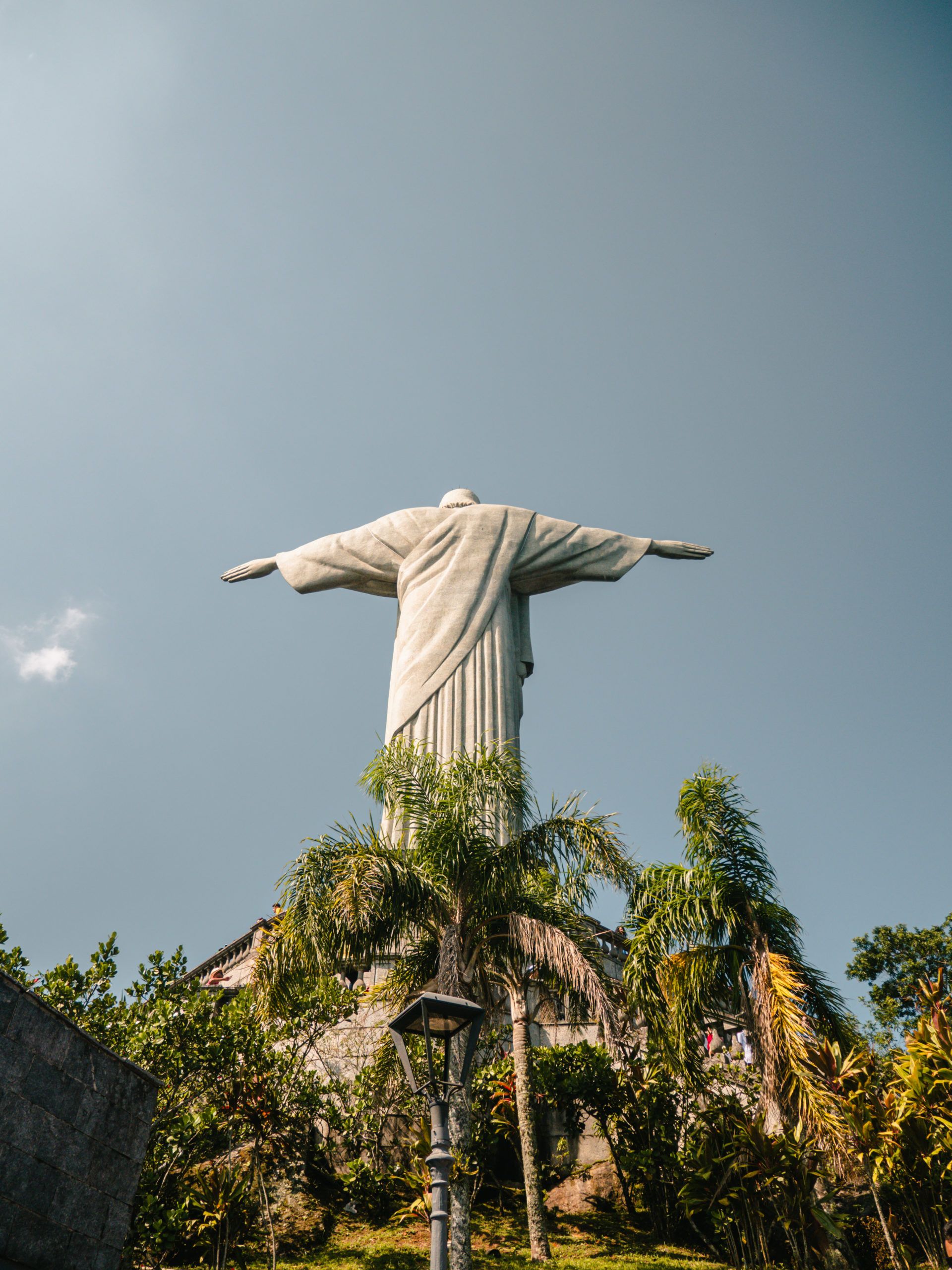
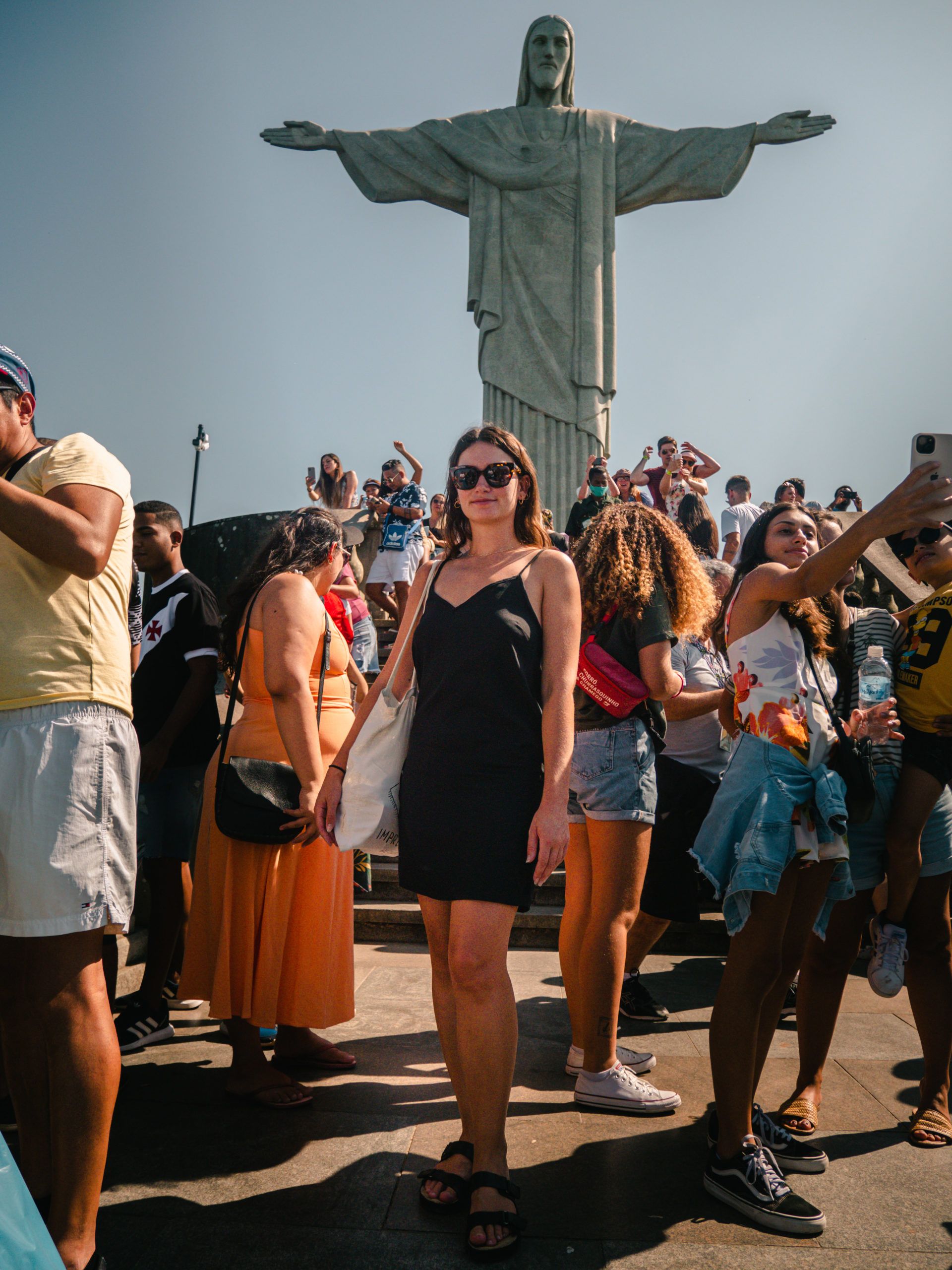

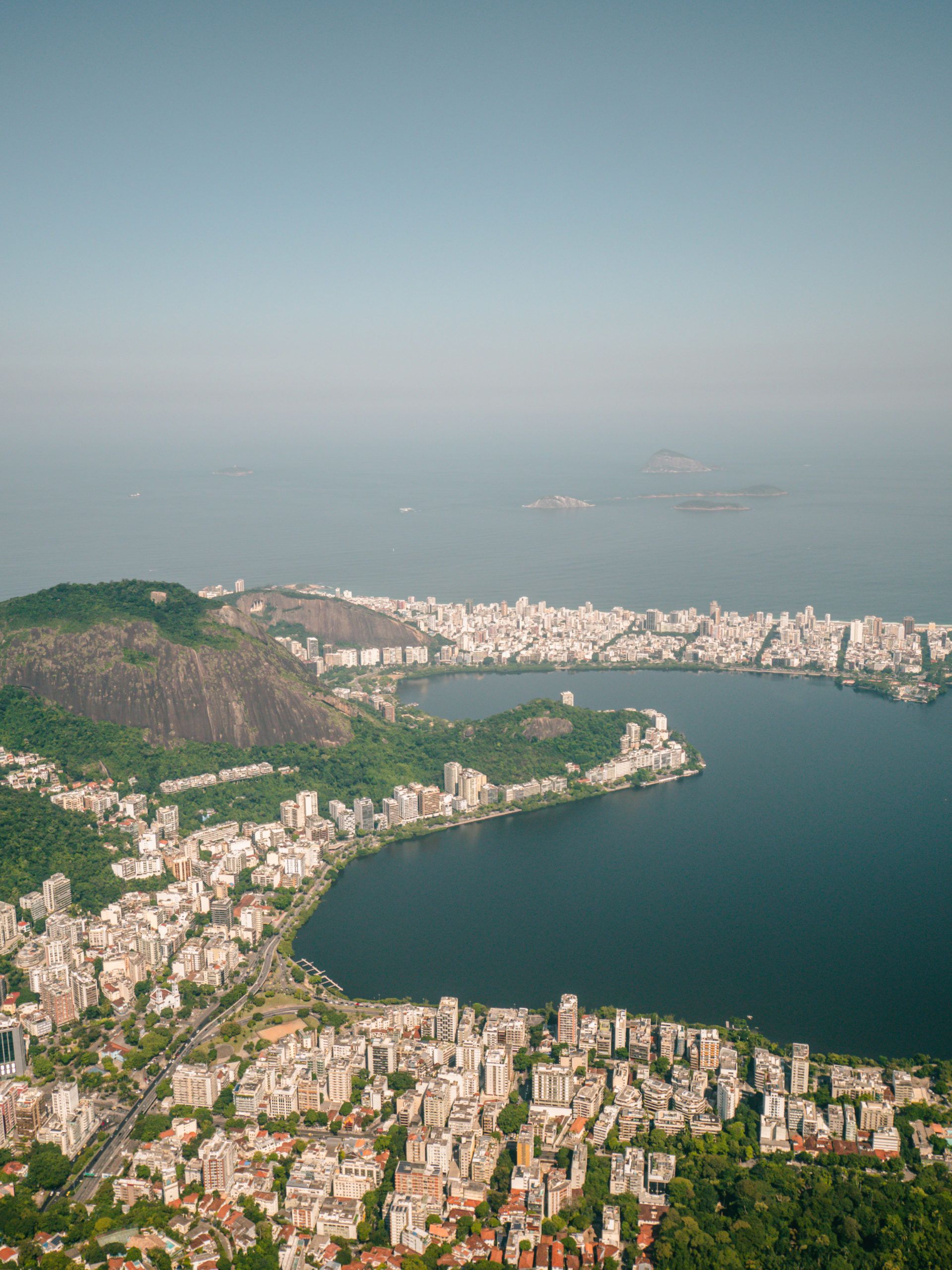
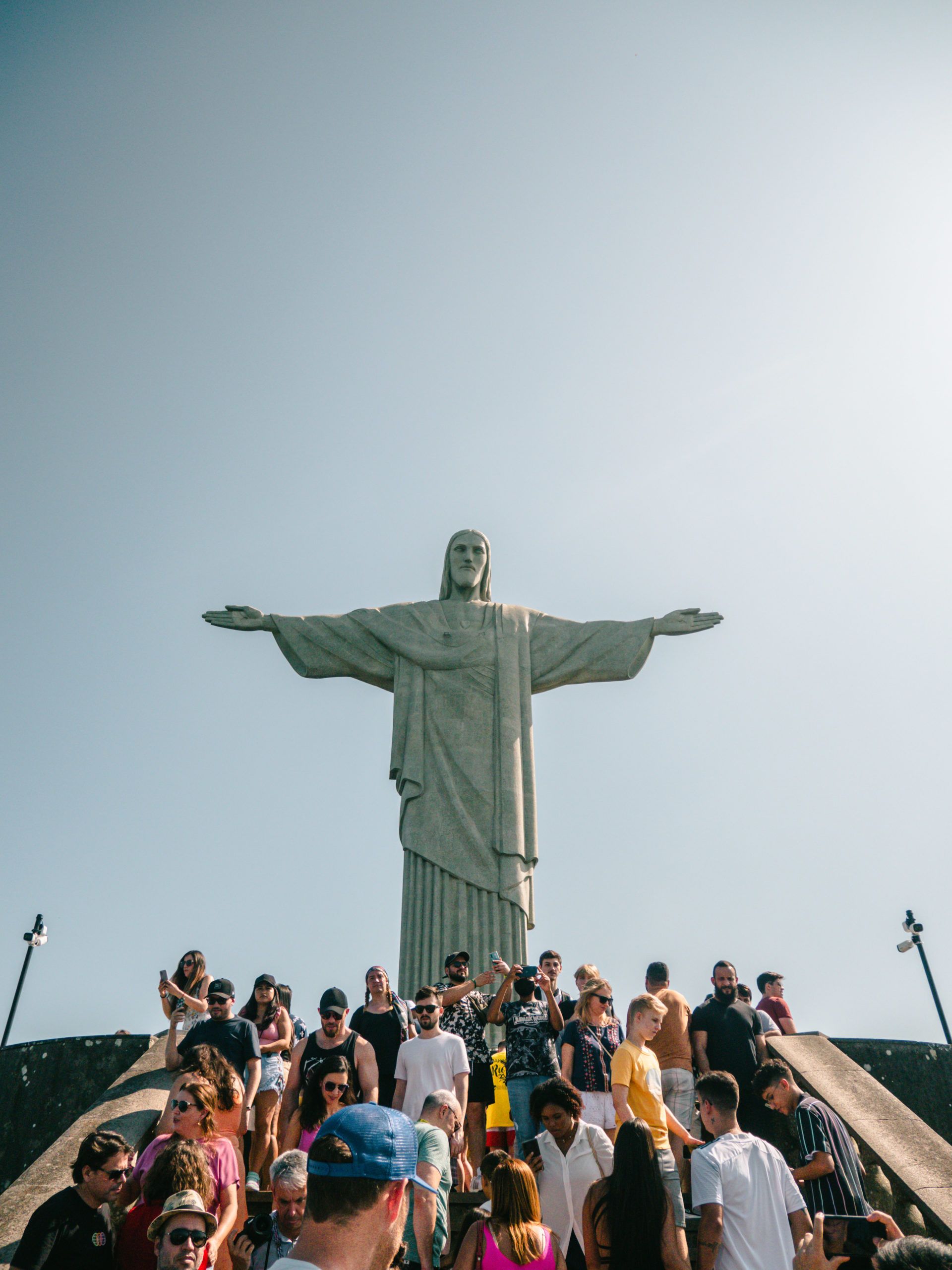
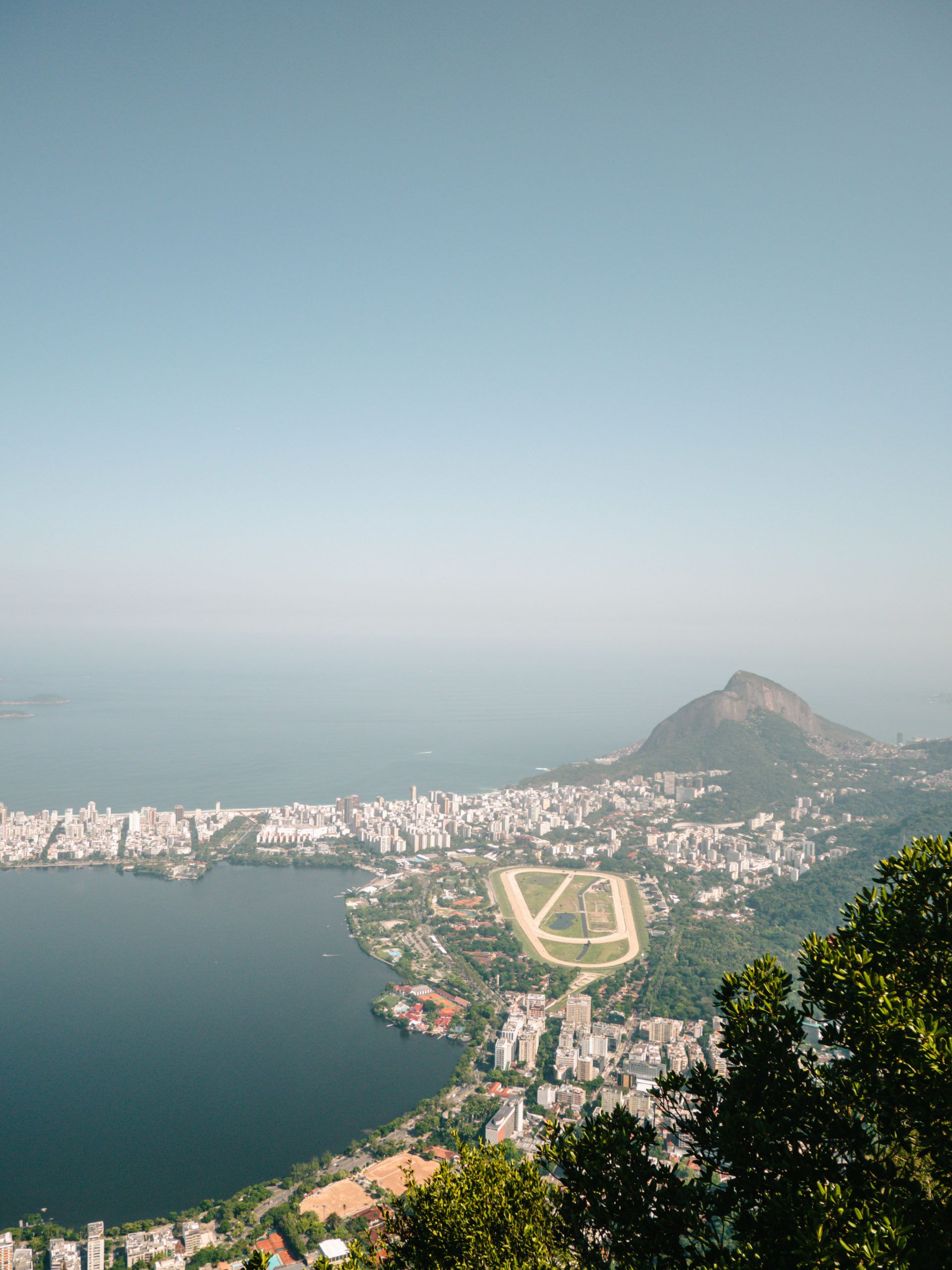
4. Pão de Açúcar (Pain de Sucre)
Time: 2h
It is a 396 m high granite monolith that can be reached after two cable cars. It is the only monolith in the city of Rio de Janeiro that rises directly above the sea, allowing an incredible view of the city and the surrounding bays.
The cable car to the Sugarloaf was the first in the country, but more importantly the third in the world! It was inaugurated in 1912, and new models appeared in 1972 and 2009.
A sunset and you will understand why I fell in love with Rio de Janeiro. The light and the landscape are magnificent.
My opinion: This is where I fell in love with Rio de Janeiro. The view is MAGNIFICENT! The panorama on the city is unique between the mountains, the beaches and Christ the Redeemer.
My advice: it’s better to go there 2 hours before sunset and stay there until dusk. The time to go up to the top with the delay of the cable cars. Take your tickets in advance, some times can be full.
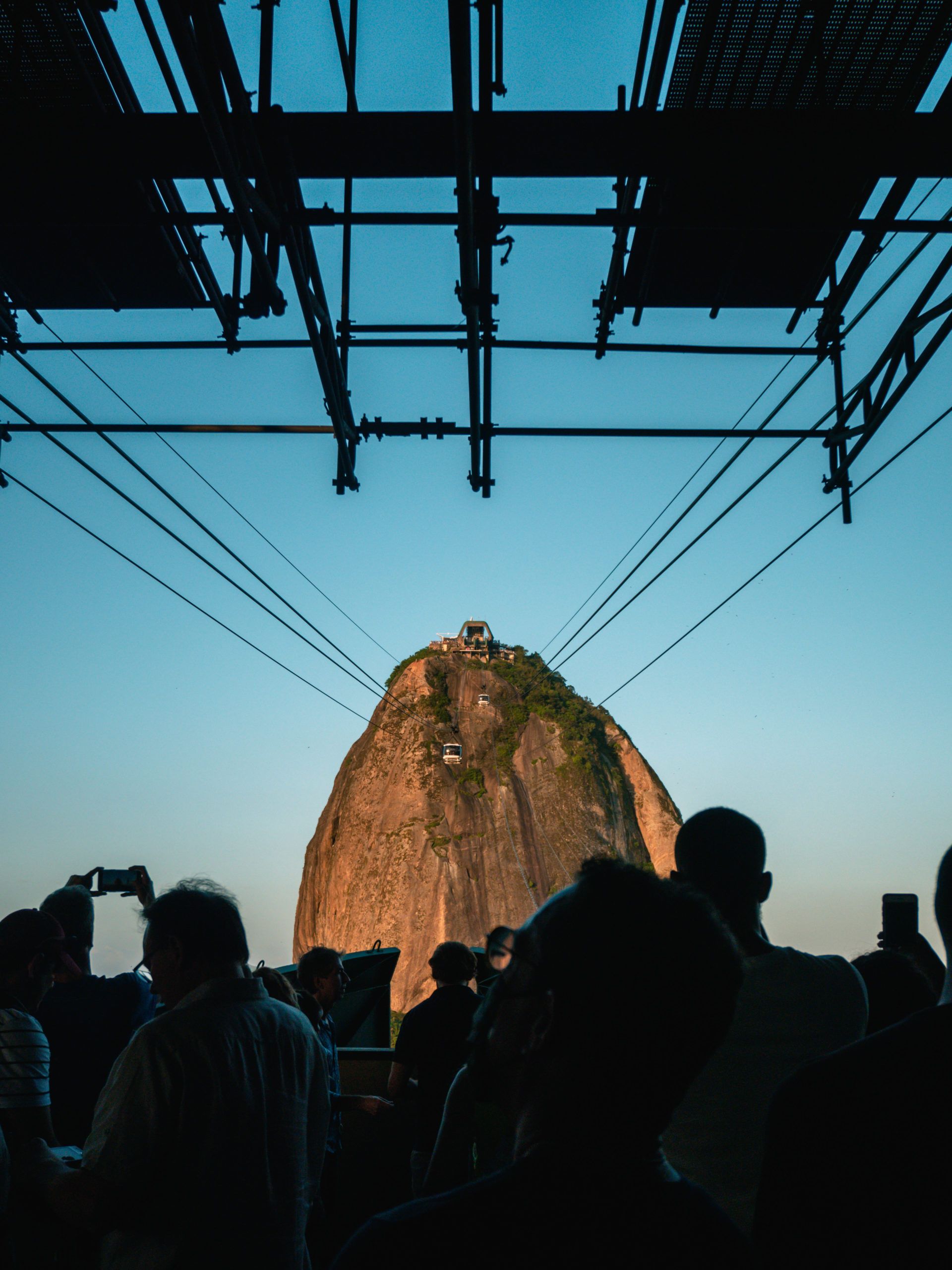

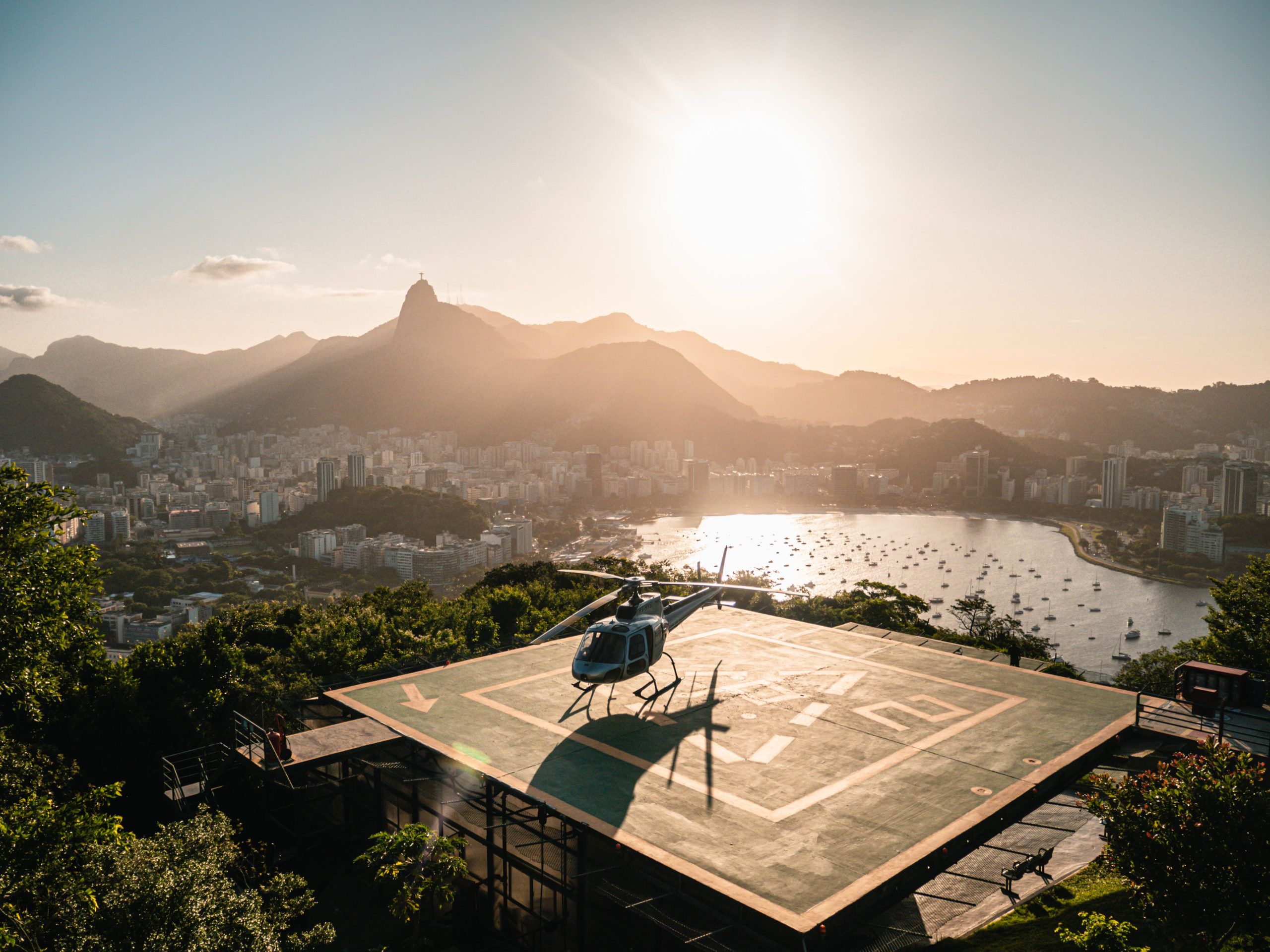
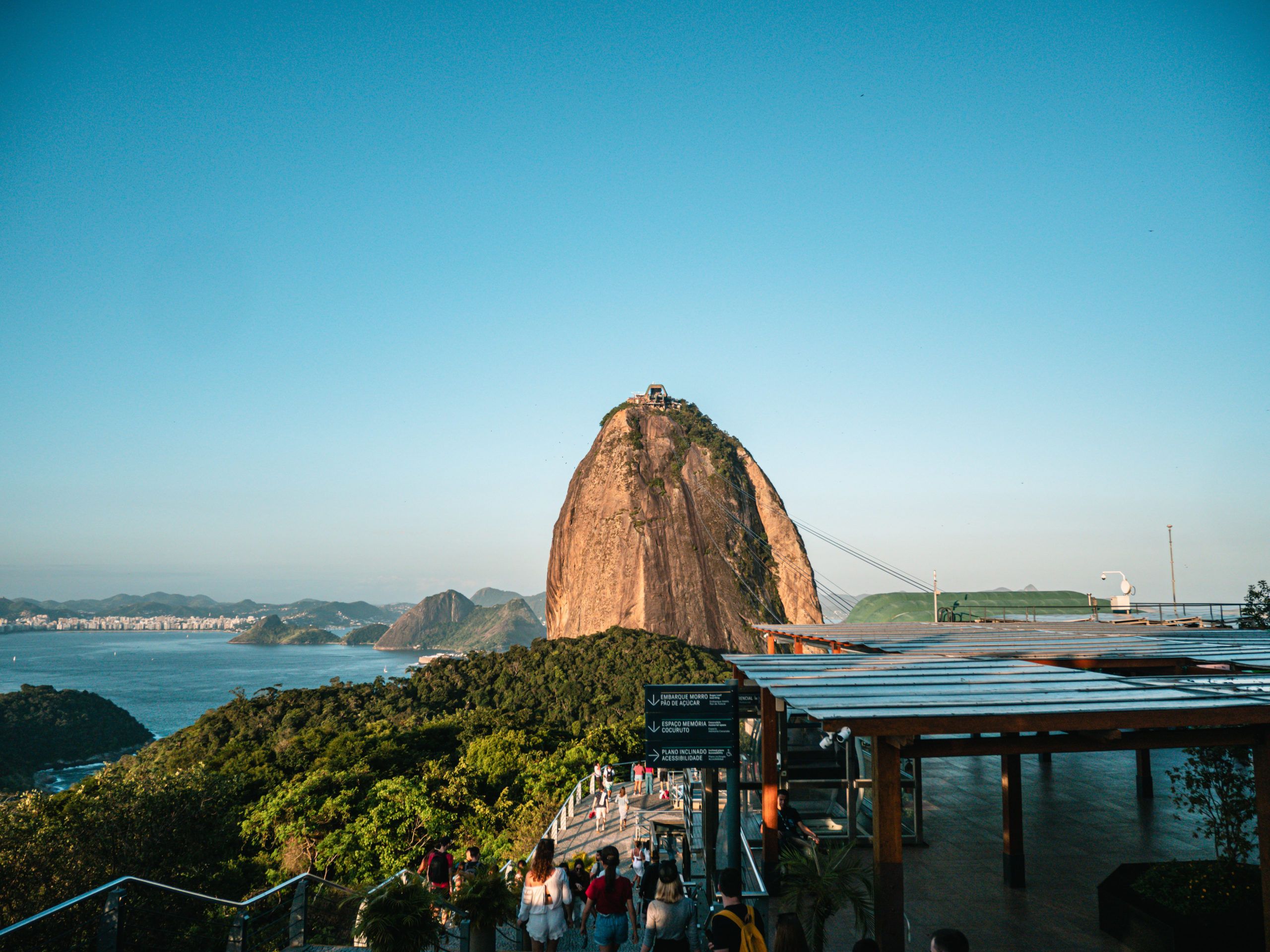
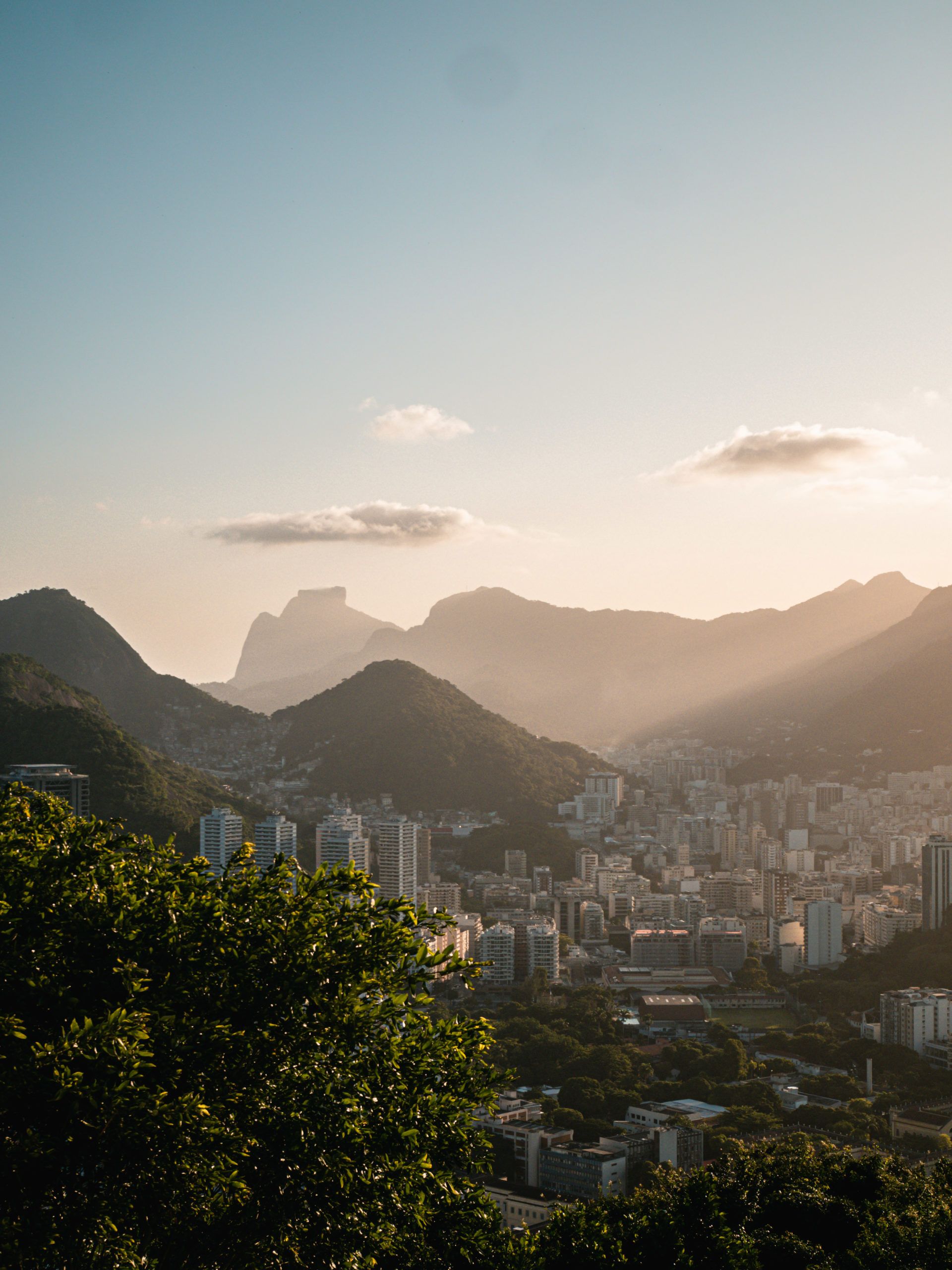
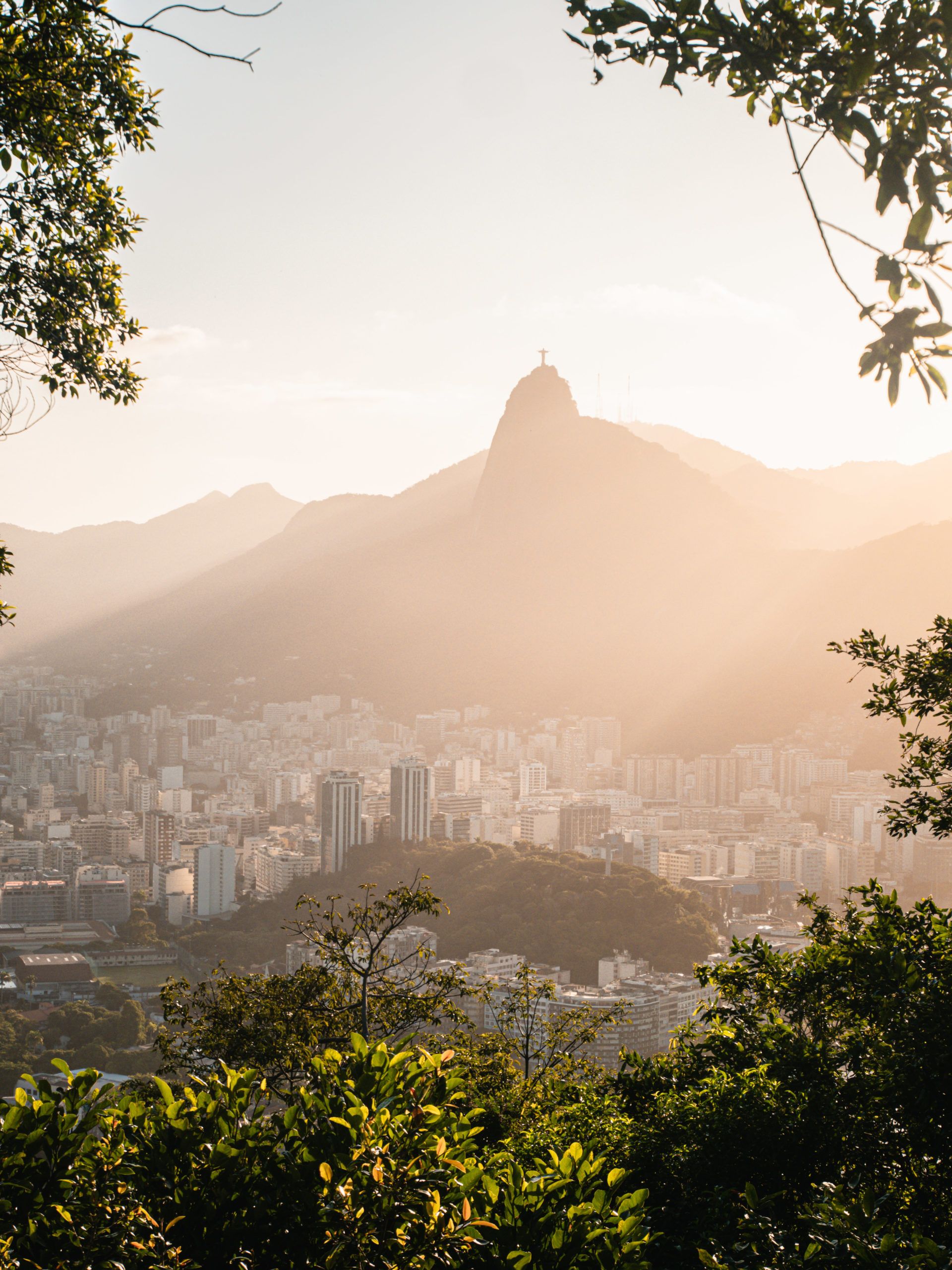
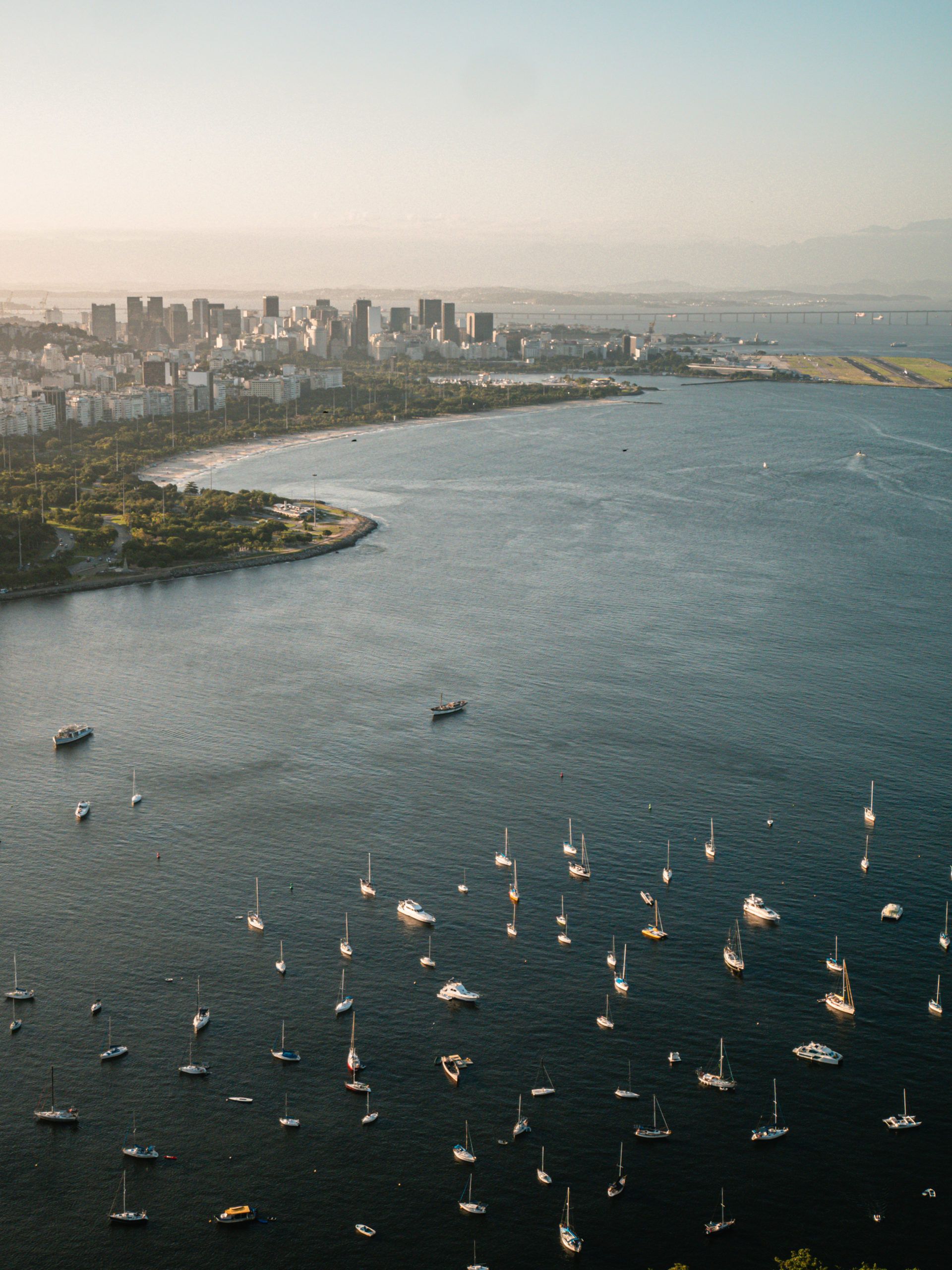
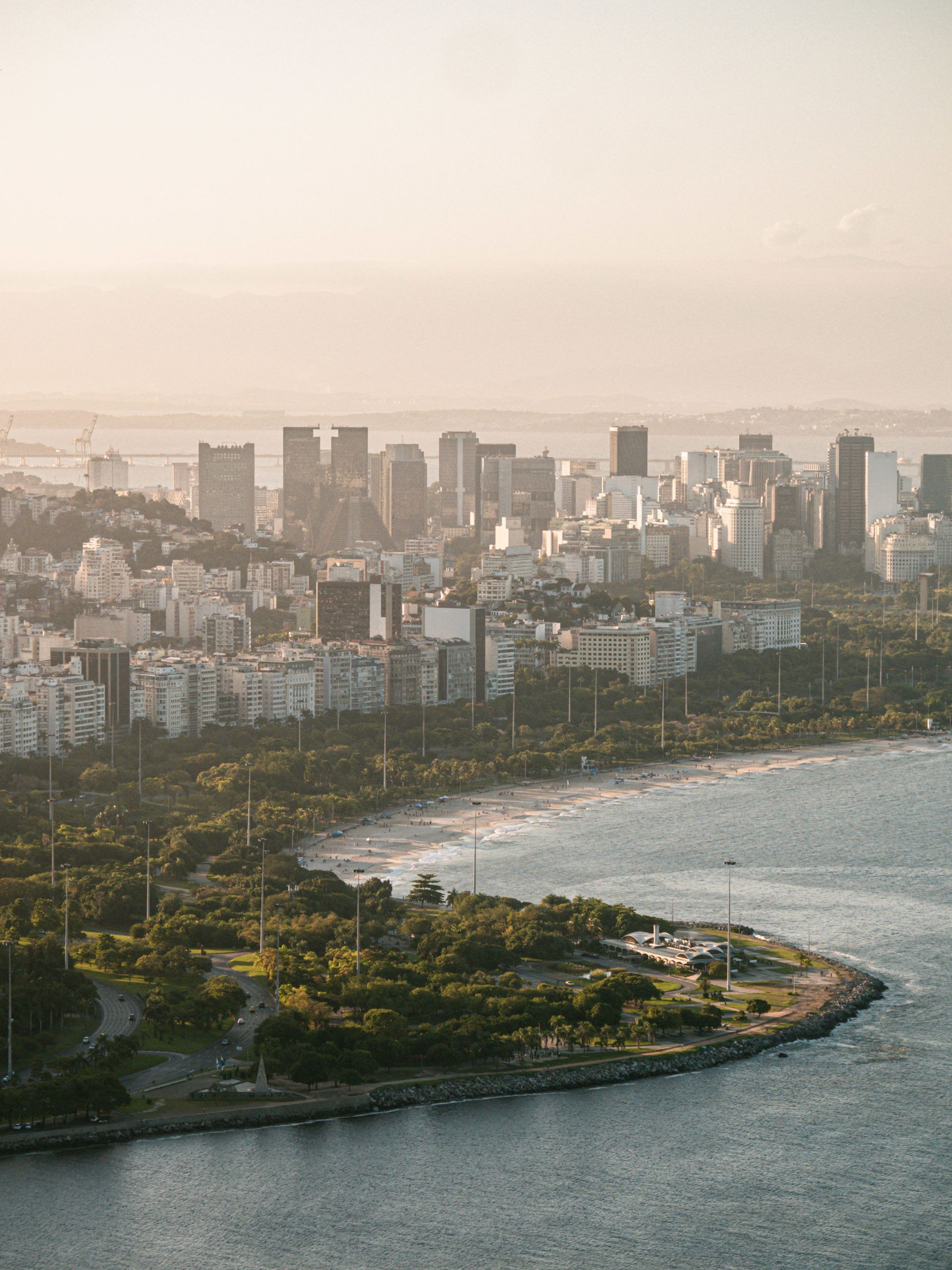
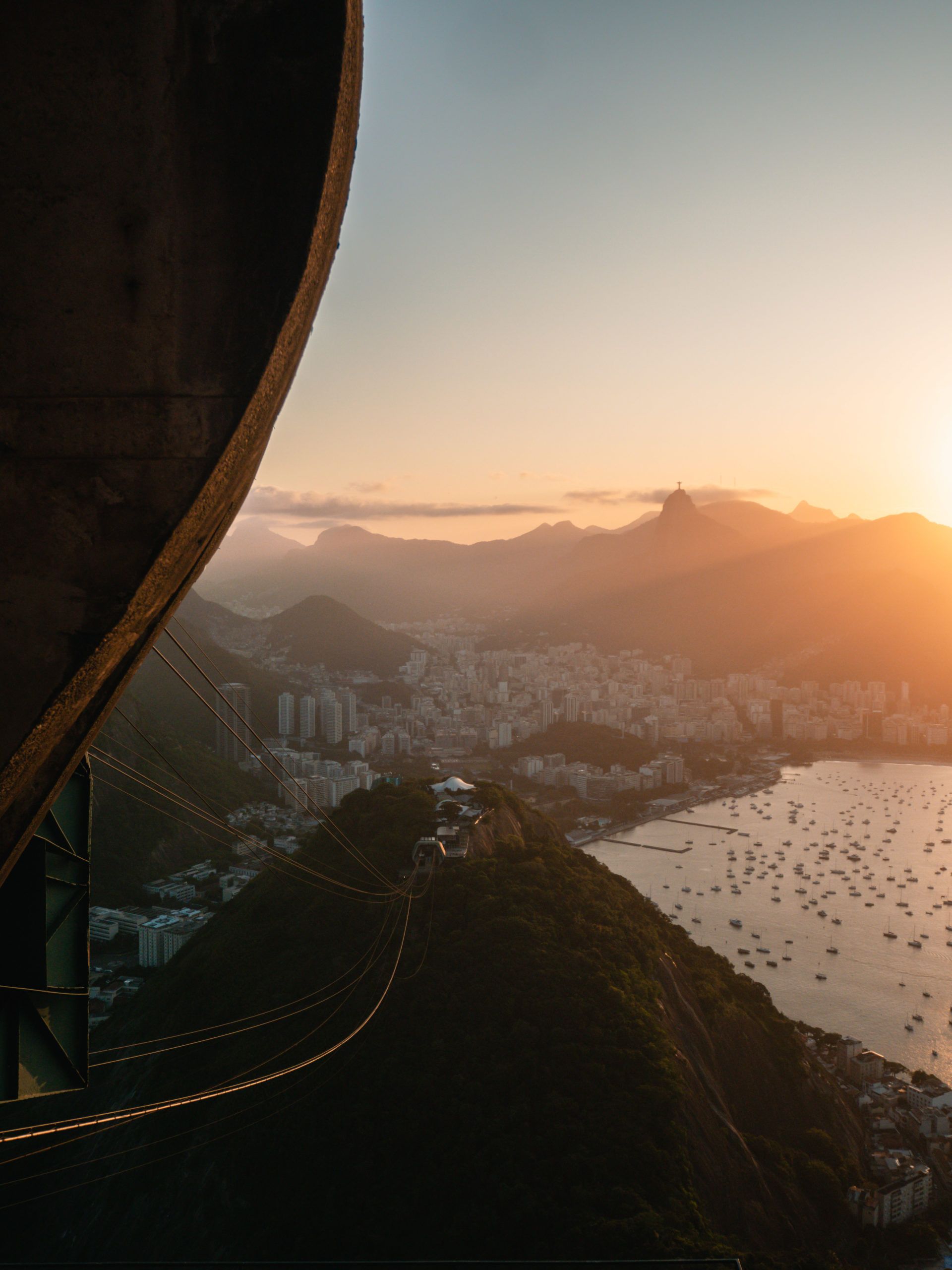
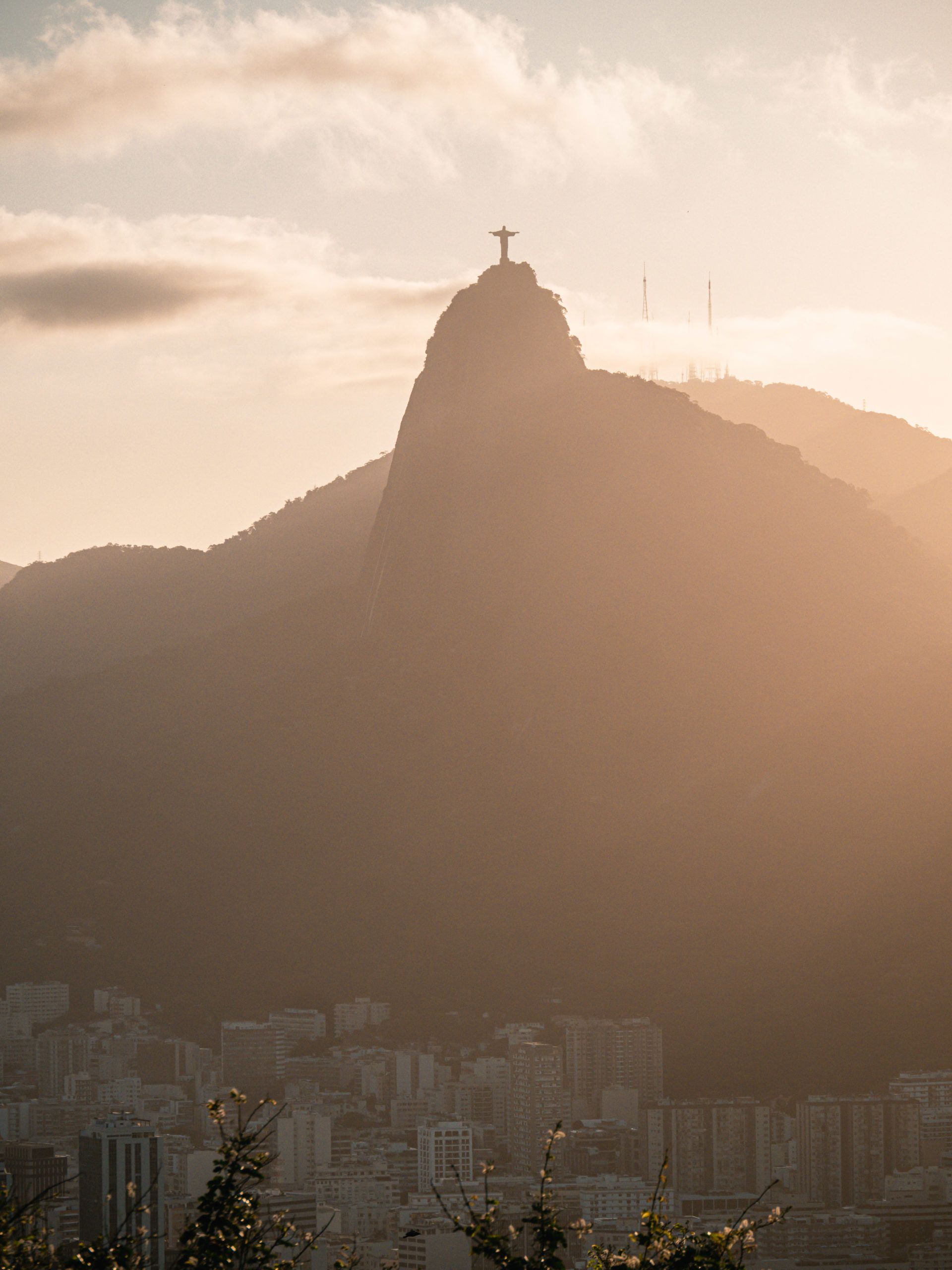
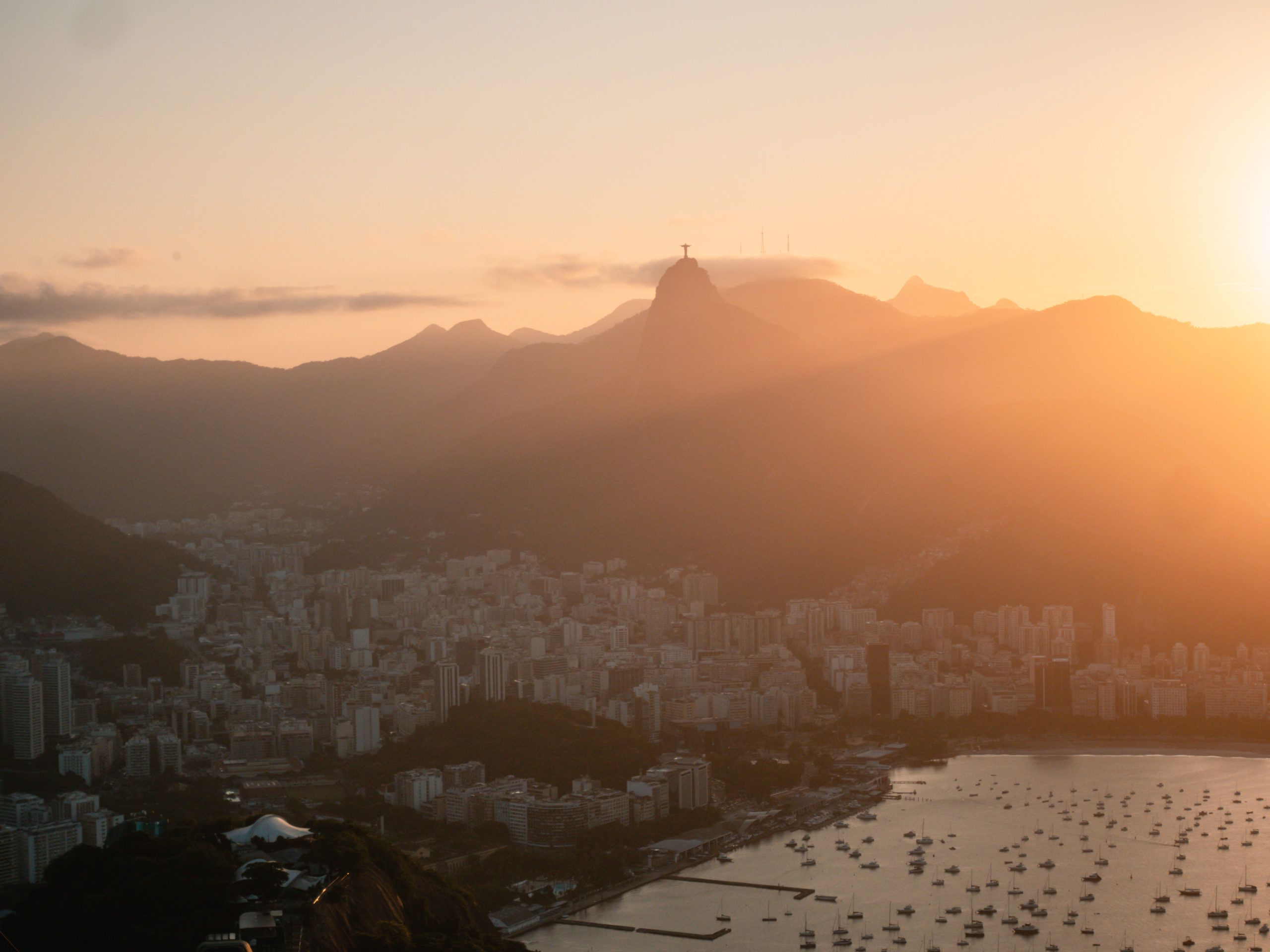

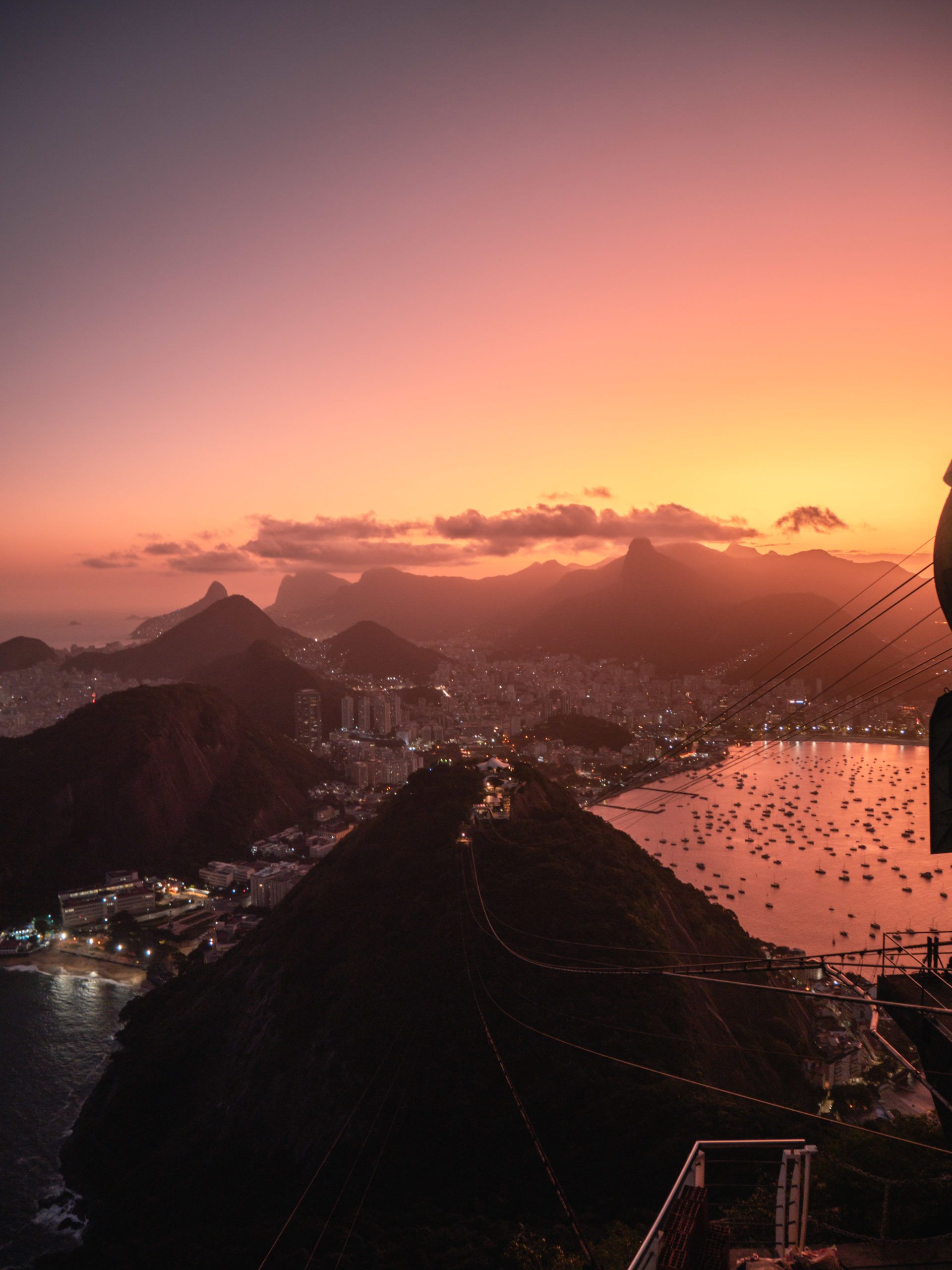
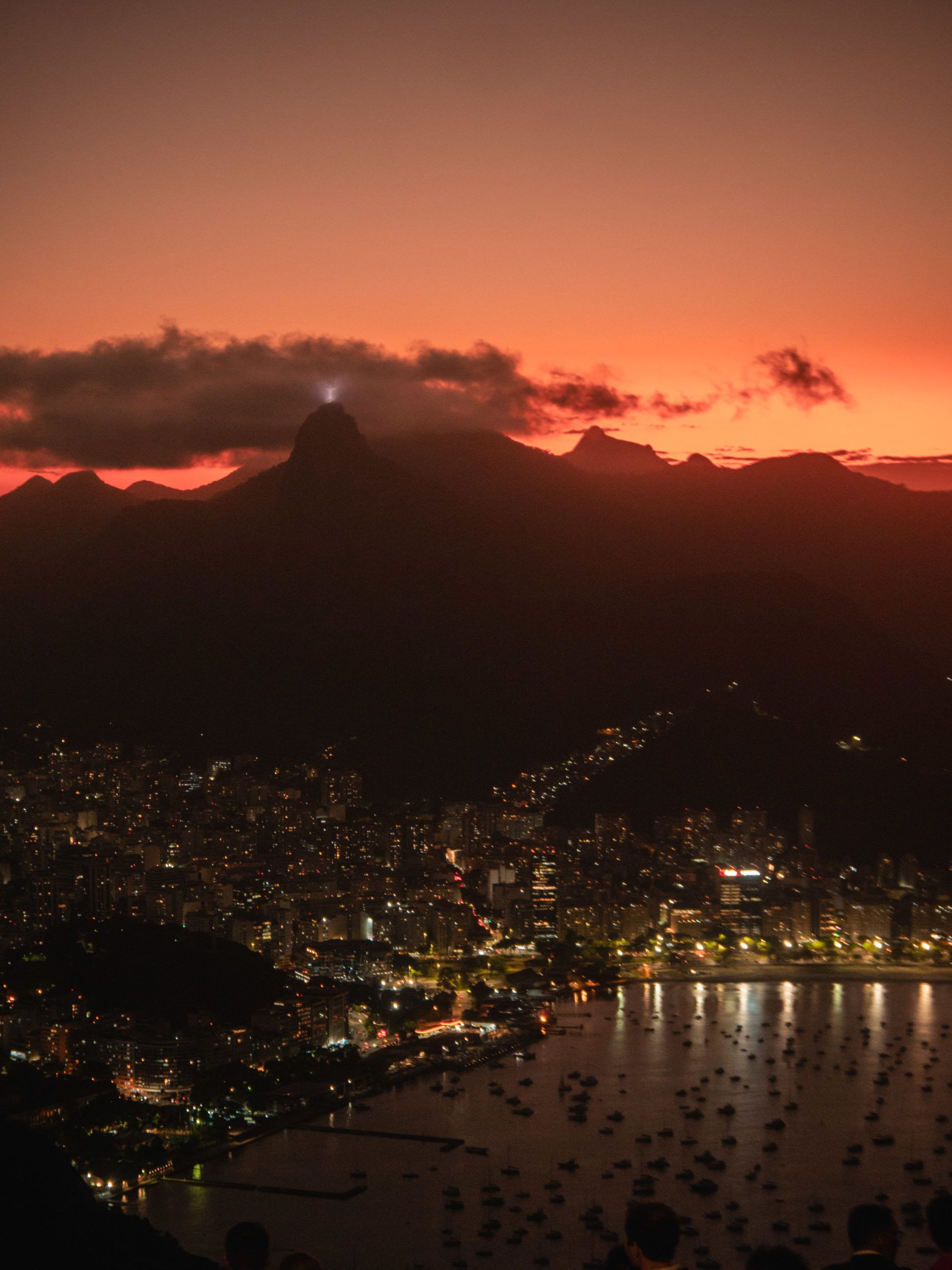
5. Festival of Rio de Janeiro
Time: 1 night
It is the largest festival in the world and attracts over 1 million tourists to the event alone!
The festival parade takes place in the sambodrome, which is a permanent structure dedicated solely to the festival. The sambodrome is 720m long and can accommodate around 72,000 spectators.
The carnival parade takes place over 4 days where 13 samba schools compete with groups of different categories each day and on the last days there are parades for the winners of each group. The parades take place at night from 9pm until 6am. Each hour is reserved for one school and for more than 50 minutes between 3,000 and 4,000 people from the school parade between dozens and dozens of floats. The show is there between the different dancers, costumes, floats, music, colours, rhythms!
The Rio de Janeiro festival also takes place outside the sambodrome. The city vibrates throughout the festivities with neighbourhood parties called “blocos”. To find them, ask the locals is still the best solution!
My opinion: I hadn’t planned to do it, I didn’t even know the dates, but having had to shorten my stay in Peru because of altitude sickness, I arrived during the festival! (Yes, I have a damn good timing). I still found a ticket (official ticket office). The options were not as numerous as if I had booked in advance (and especially the prices), but I still got great seats for about 60€.
My experience was incredible! I didn’t expect anything at all and I was transported by the energy of the sambodrome. The energy is unique. I thought I was going to be home at 11pm, I was home at 3am!
I found the logistics incredible, only 5/10min wait between each school and the show is awesome! I’ve never taken so many videos in my life! There are bars inside the sambodrome to buy drinks ().
However, if you want to visit Rio de Janeiro, don’t wait for the festival especially. Accommodation prices are more expensive, it’s more crowded and it’s not a must to discover and enjoy the city.
Book the tickets:
You can go to the official ticketing system on the official website. You select the day, then you choose the stand and the rank. The price will depend on the day (more or less famous band, winners parade), the stand (middle, end) and the row (more or less close to the dancers). There are also VIP options. Once you have booked your ticket, you must then go to a venue (Atlantico Copacabana hotel) to collect your paper accreditation. Then you just need to show your papers (ID card, bank card from the reservation, and proof of reservation) to get the accreditation and then go to the festival. Please note that you cannot collect your tickets at the festival.
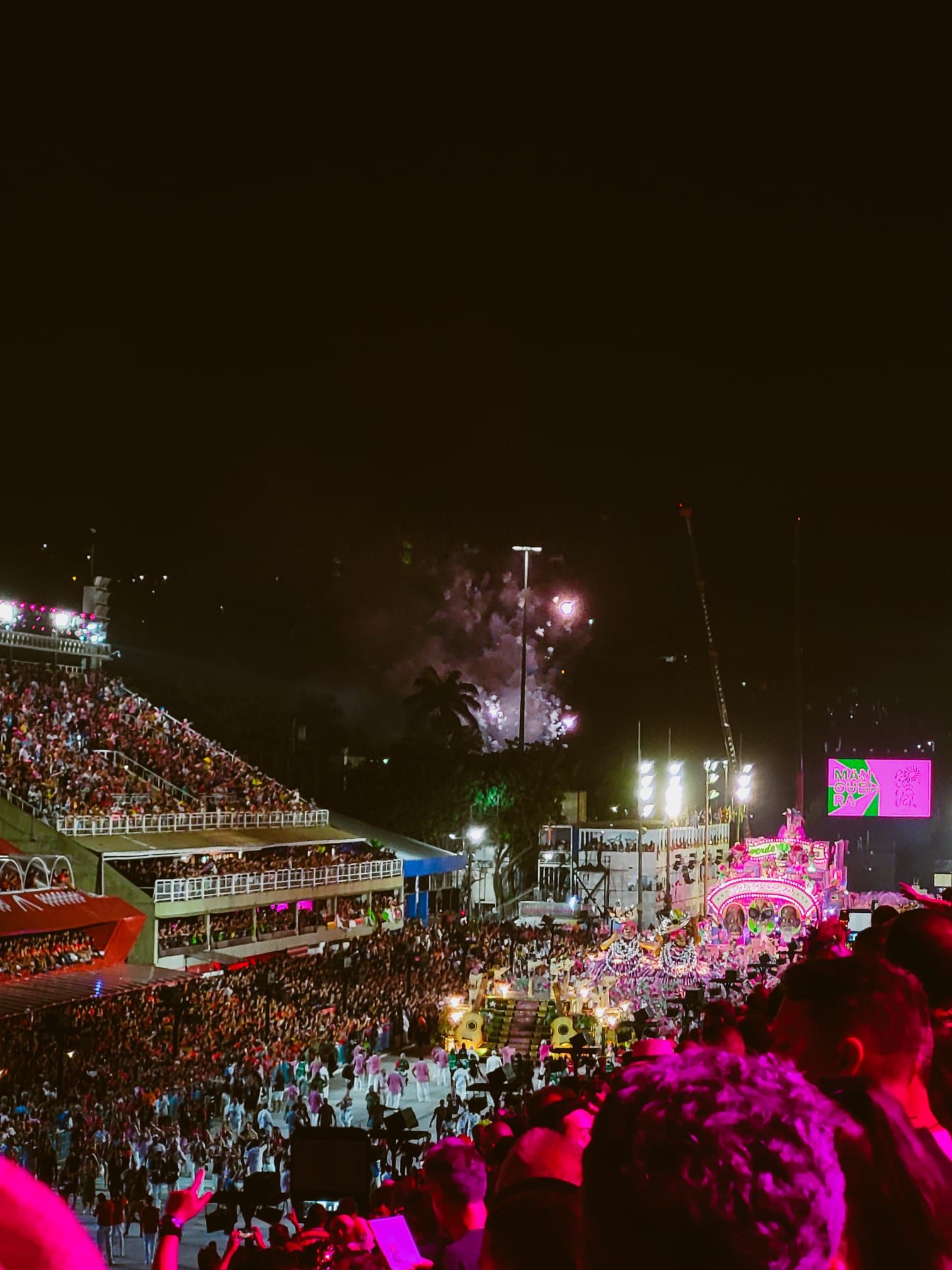

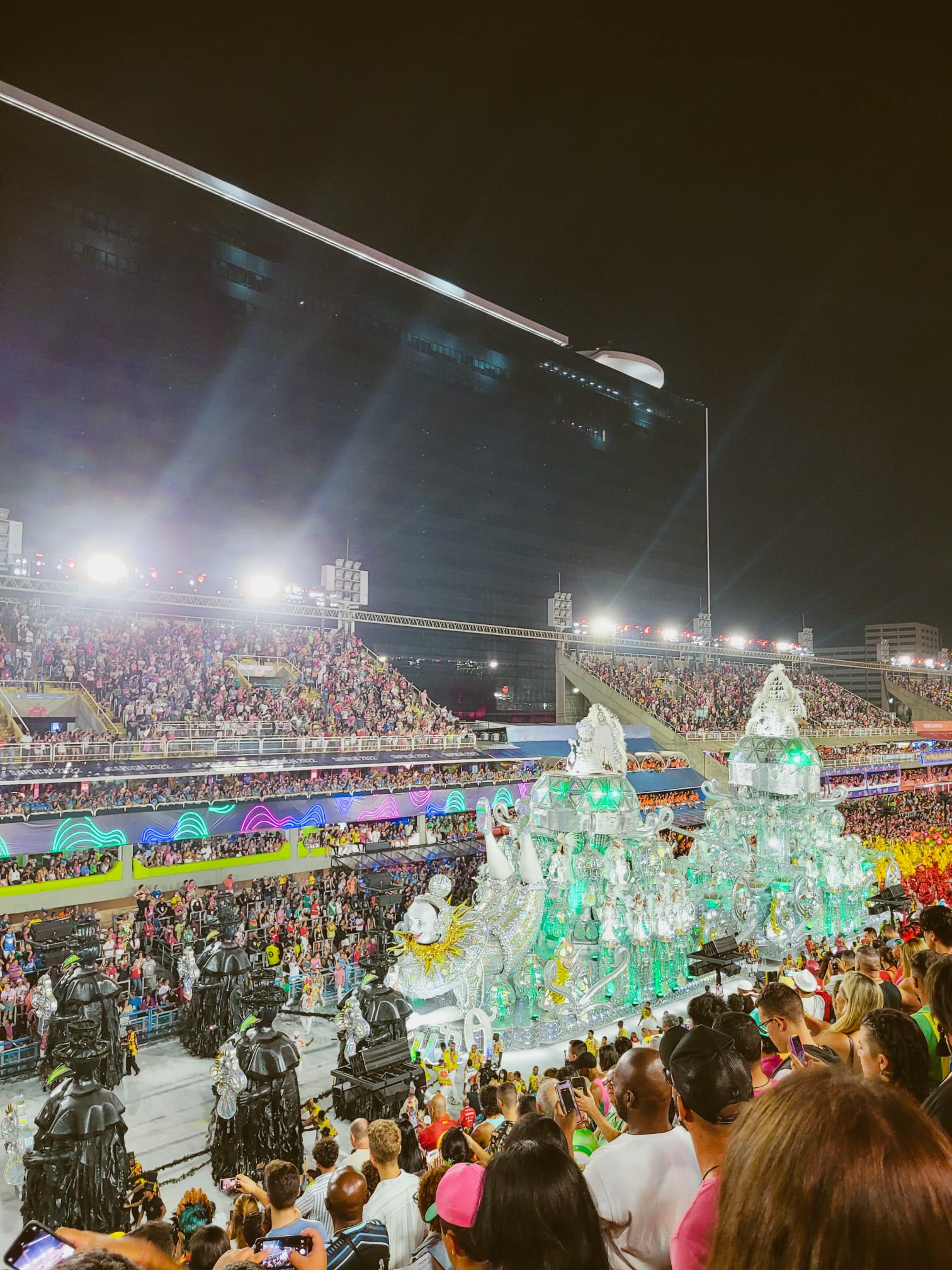
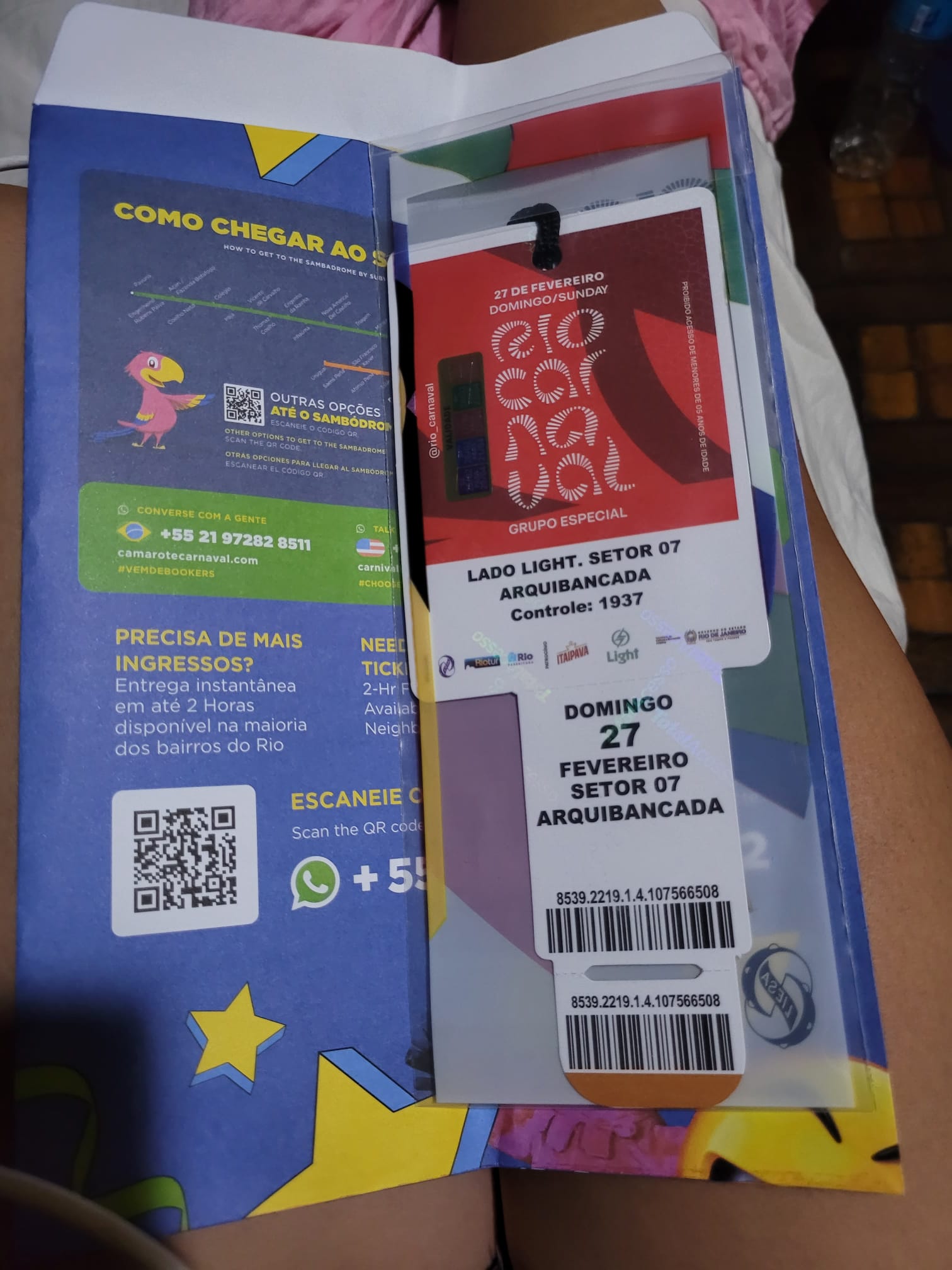
6. Praia Vermelha
Time: 2h
It’s a very cute little beach at the foot of the Pão de Açúcar. It’s very crowded and places can be hard to find, but it’s a bay in the big city of Rio de Janeiro!
My opinion: I arrived at the end of the day, the shadow of the Pão de Açúcar quickly arrives on the small beach but still nice to do. I saw turtles wandering between the swimmers during my swim. I really enjoyed spending some time there!
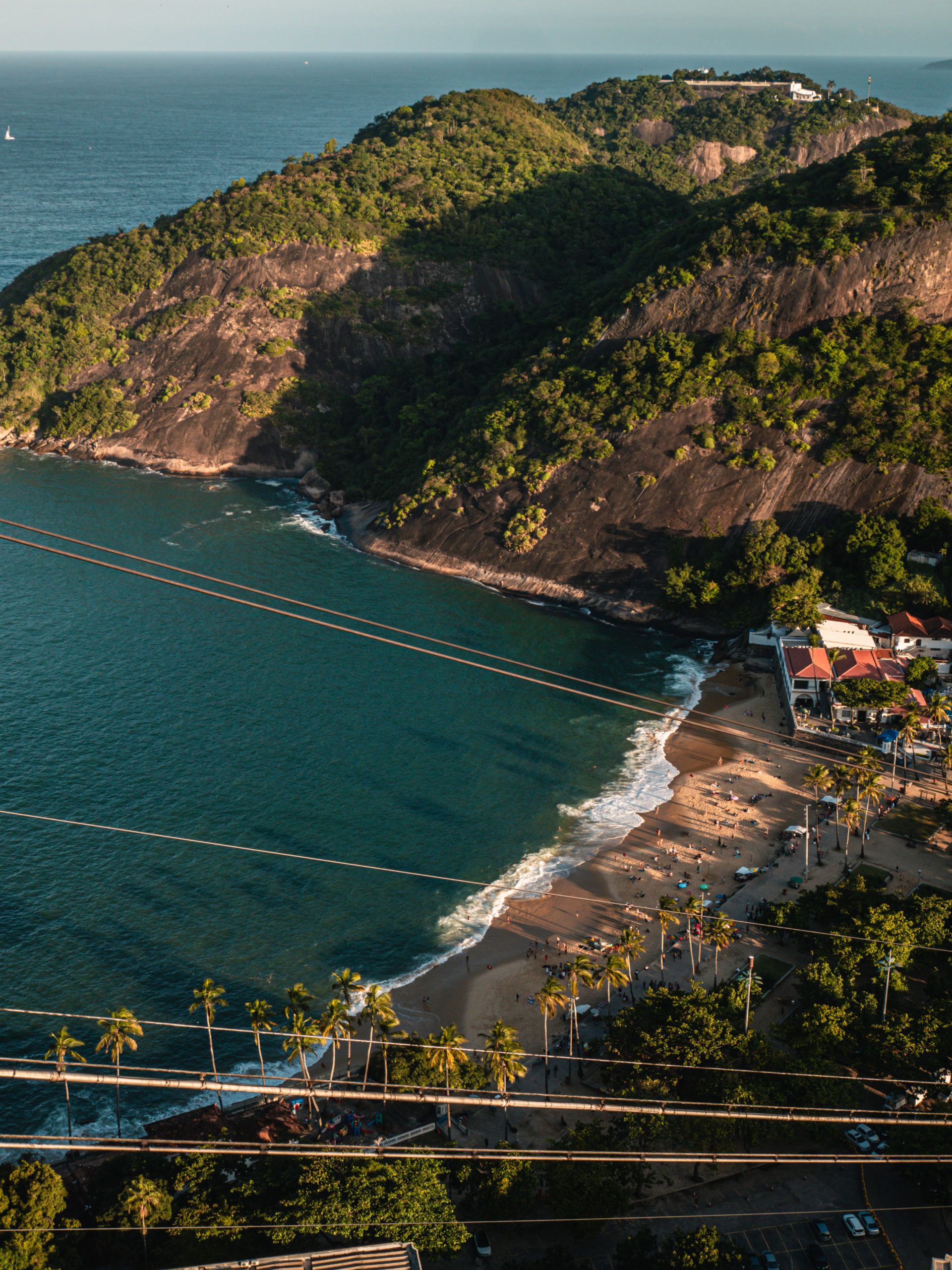
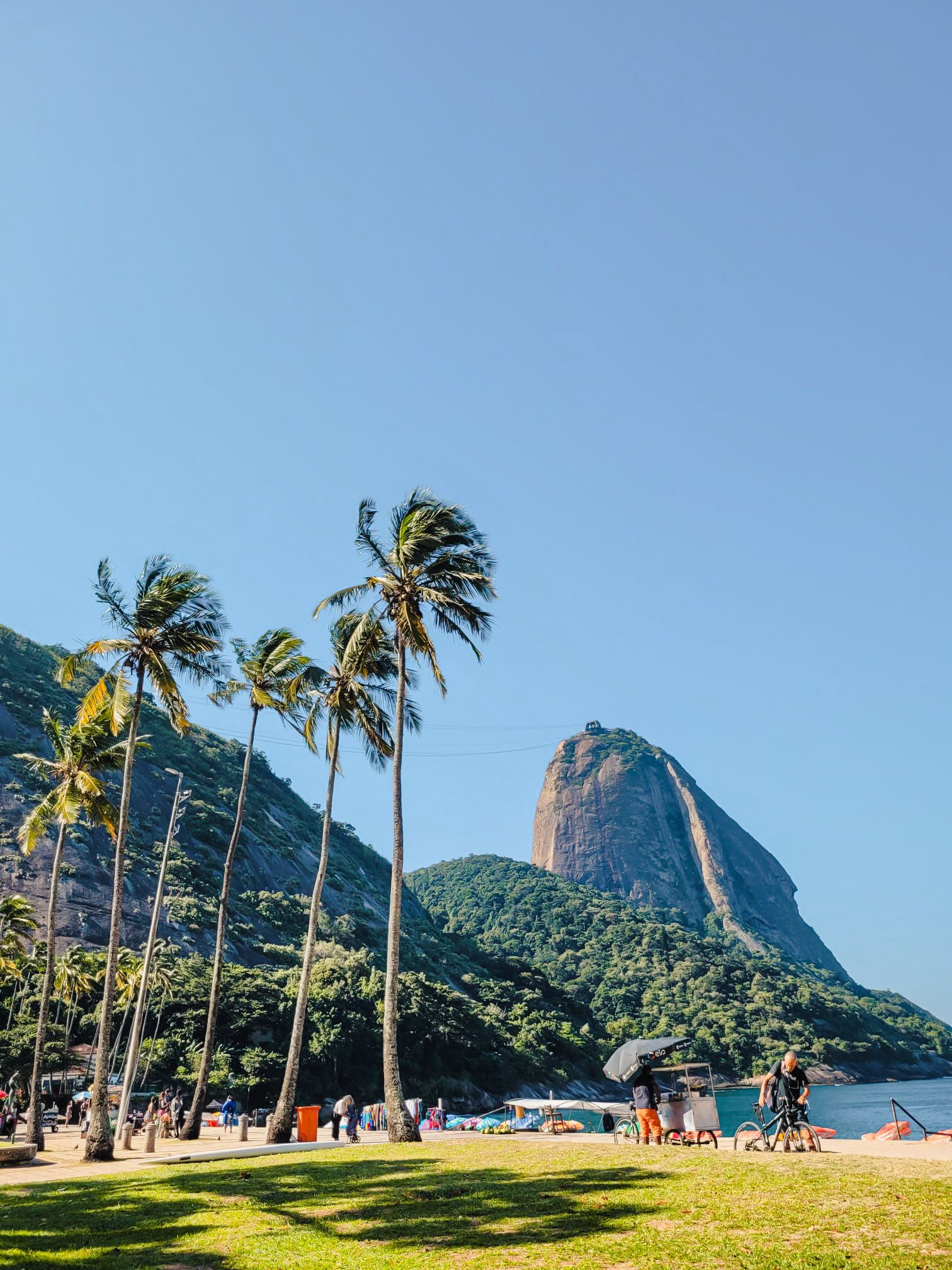
7. Try the local cuisine
Time: everyday
Brazil is huge and the gastronomy will change a lot from one region to another. It is interesting (and often good) to try new dishes and foods!
Here are some examples to try: farofa, empadas, tapioca or brigadeiro. There are plenty of choices for you to explore the city with your taste buds!
8. Partying in Rio de Janeiro
Time: ….
There has to be an excuse to have a caipirinha (Brazilian cocktail)!
The options for going out in Rio de Janeiro are wide and you don’t have to be during the festival to have fun. There are many dance bars, clubs and events in the city. Another option can be the “party hostels”. These are hostels that often organise parties or barathons (pub crawls). Book Hostel and Ipanema Beach Hostel are party hostels.
My opinion: being super tired because of my altitude sickness and my 6 months of travels, I only went out 2 times and the first time was with Ipanema Beach Hostel. The second time was the Rio festival. But I felt that there was no shortage of opportunities to party.

The safety?
This is a city where safety rules must be SCRUPULARLY RESPECTED. Here are some rules to keep in mind when visiting. Avoid wearing jewellery, do not take your phone, wallet or valuables out on the street.
As soon as it gets dark, NEVER walk, especially not in crowded streets or when no one is around. ALWAYS take an Uber/taxi, even for a 2 minute ride! Wait in front of or inside your establishment for your transport and ask the driver to wait until you have entered the establishment before leaving.
At the beach, be careful, stay close to your belongings and watch them.
And above all, do not go anywhere. Some areas are more or less safe (day and night). It’s a good idea to check with the locals beforehand.
My opinion: After having crossed Central America and done a bit of South America, I had some experience in terms of security. I rarely had the feeling that I had to be “hyper” careful, but for the Rio de Janeiro trip, I applied the safety recommendations to the letter.
I wore gold earrings and a gold necklace but discreetly, I had my camera in my bag which I took out on the beach, ditto for my phone. I avoided taking my phone out on the streets of the city.
Some friends had their phones, money, stolen at the entrance of their hostel because the guard had taken too long to open the door.
Brazilians themselves don’t mess around with security.
The favelas?
I had done a walking tour in the favelas of Medellin in Colombia, and the tour fitted in perfectly with the economic and artistic development of the district. It was a “participative” tourism that allowed for direct benefits in the neighbourhood. I had found it very interesting and I had read up on the tours proposed in the favelas of Rio. Unfortunately, I found that the tours were more “intrusive” than anything else. In short, I was not comfortable with the idea and decided not to do it.
Maybe if you look harder, you can find tours that are less intrusive…
Where to sleep in Rio de Janeiro?
Cabanacopa Hostel (Hostelworld)
Bamboo Rio Hostel (Hostelworld)
Ipanema Beach Hostel (Hostelworld)
Books Hostel (Hostelworld)
Kaza Rio (Hostelworld)


